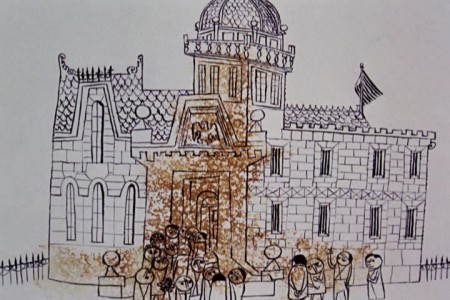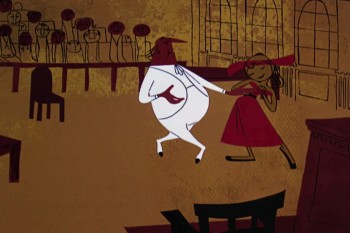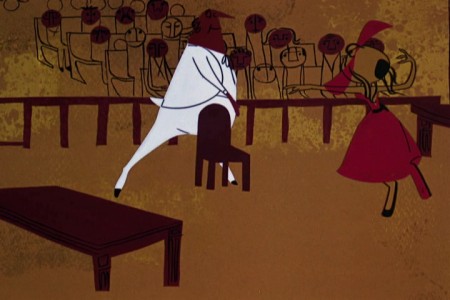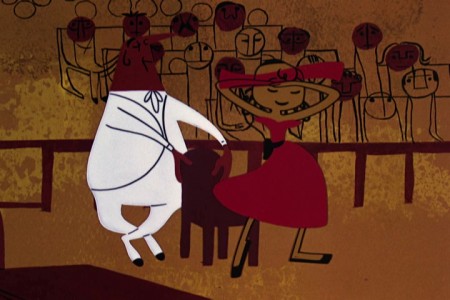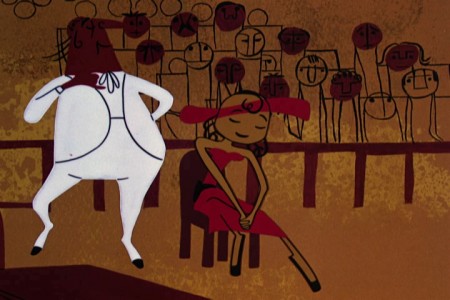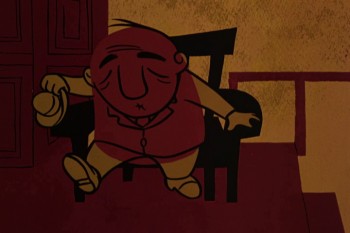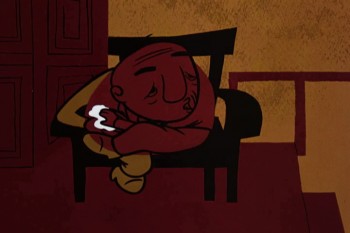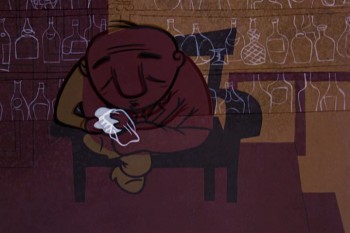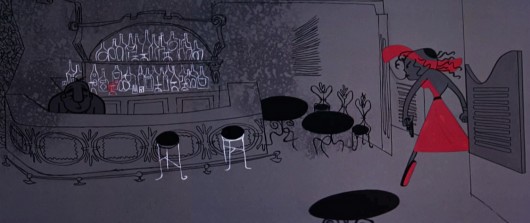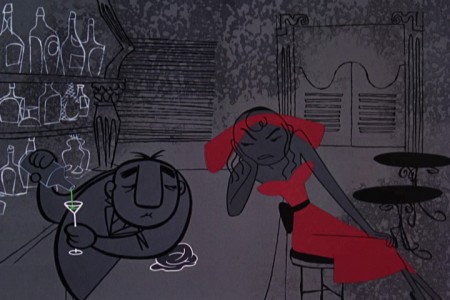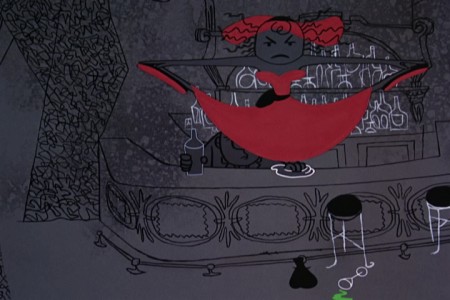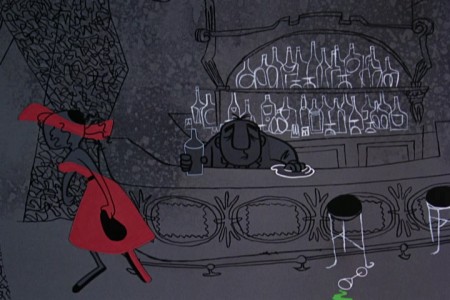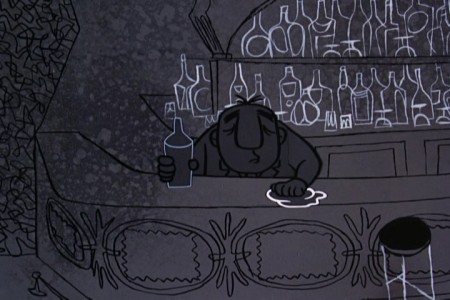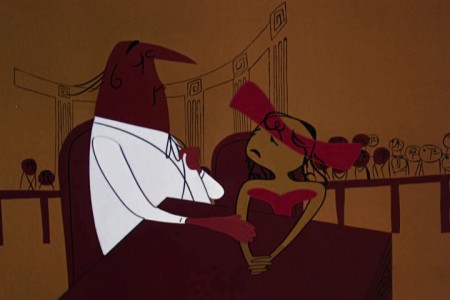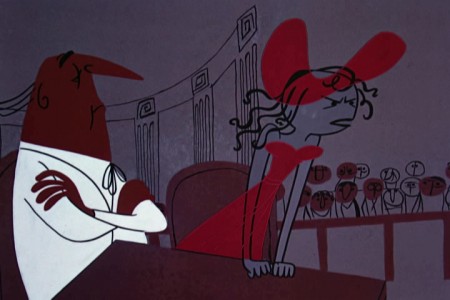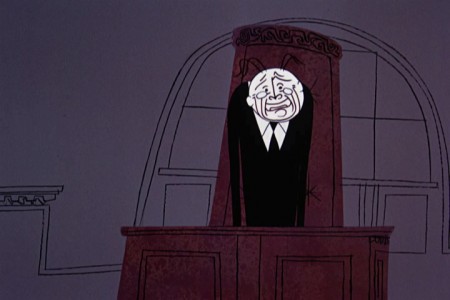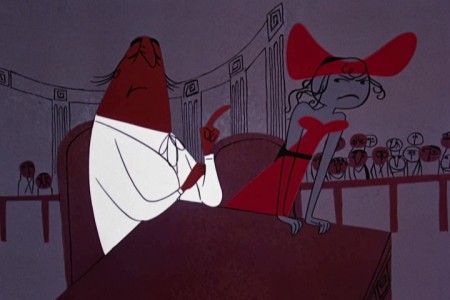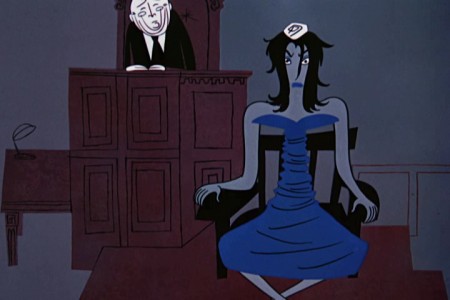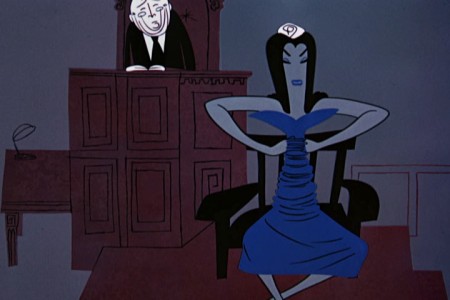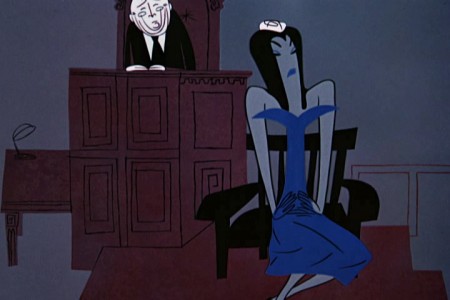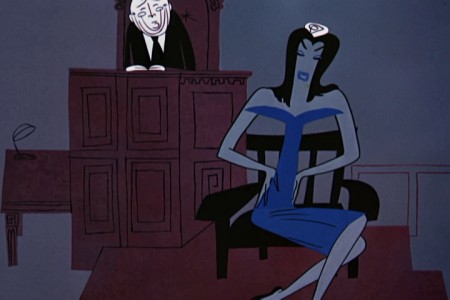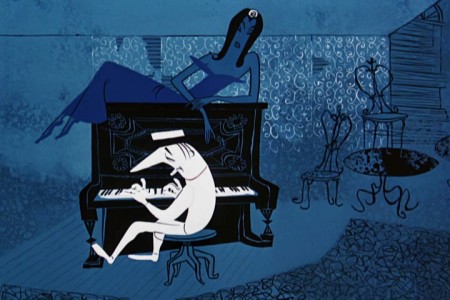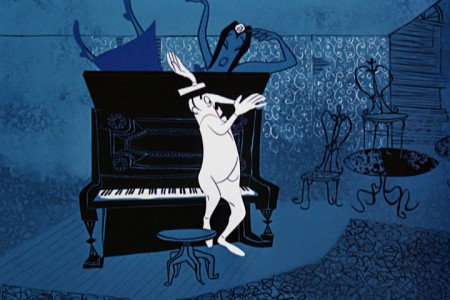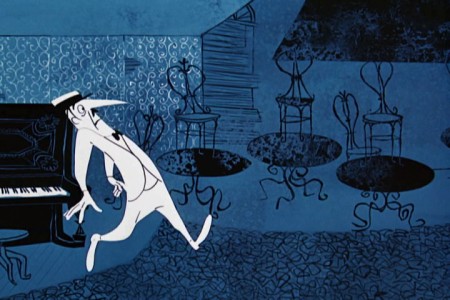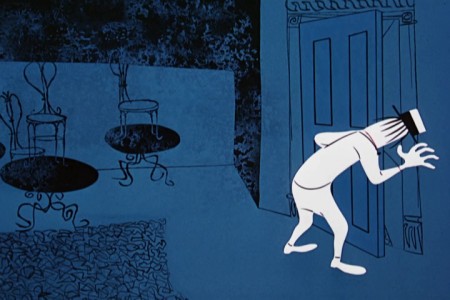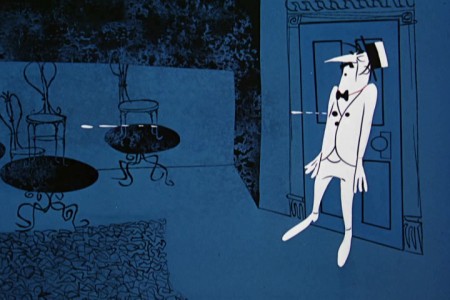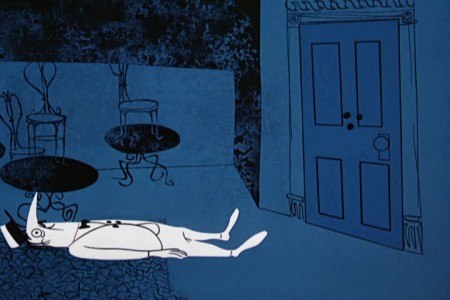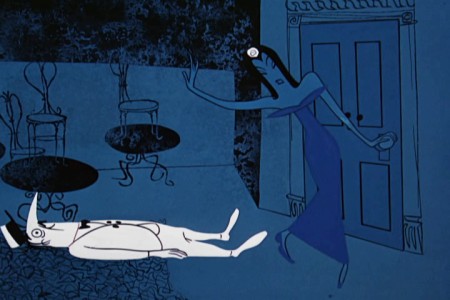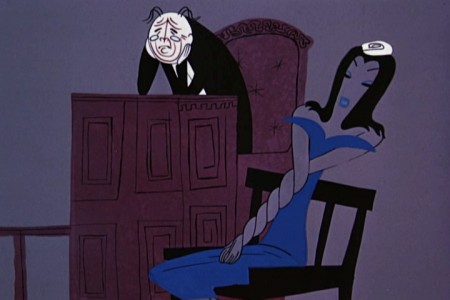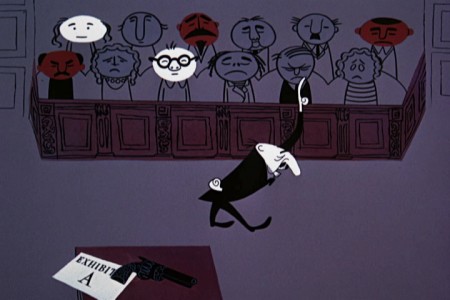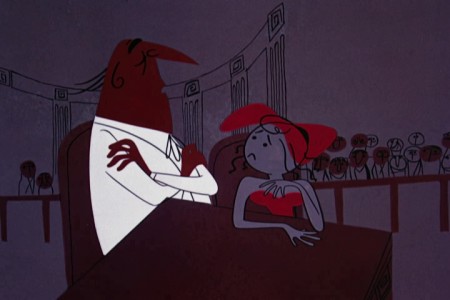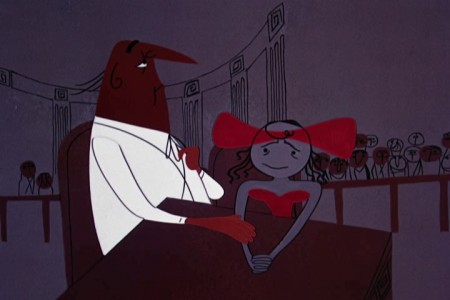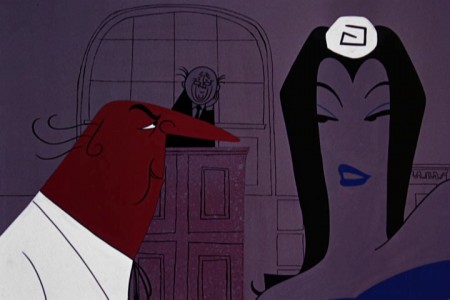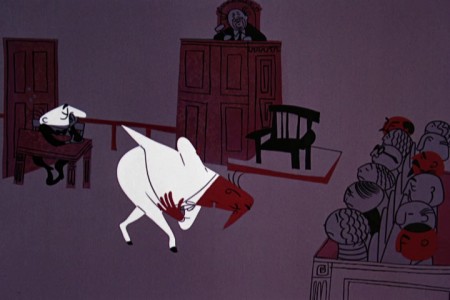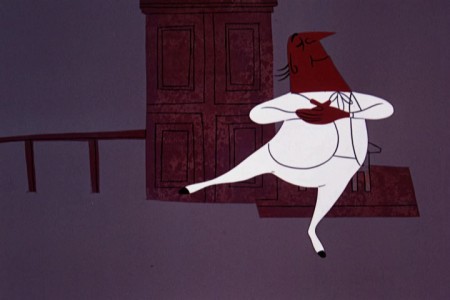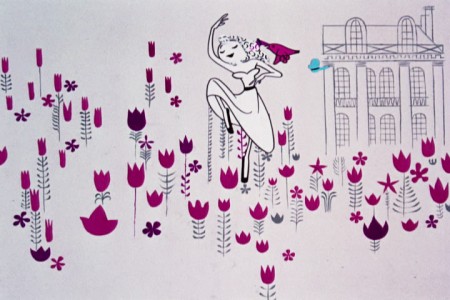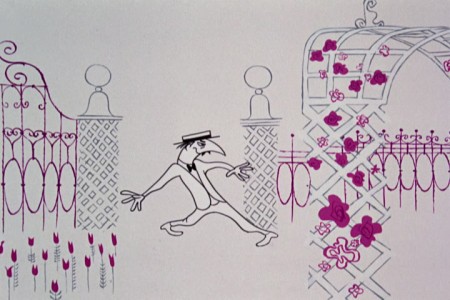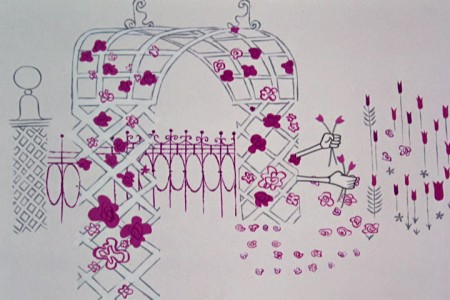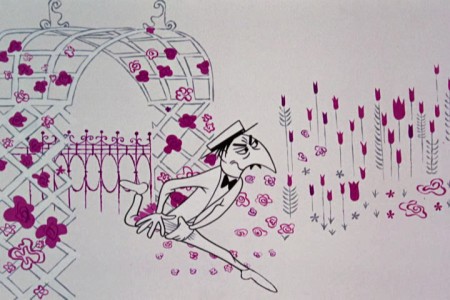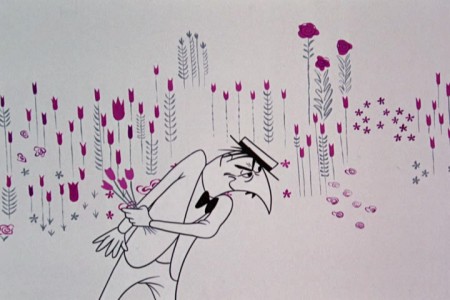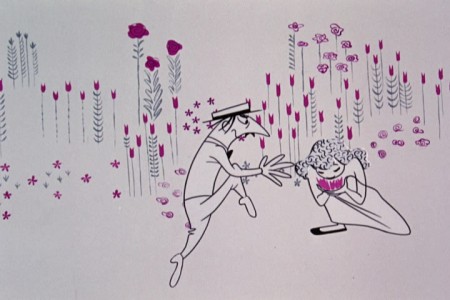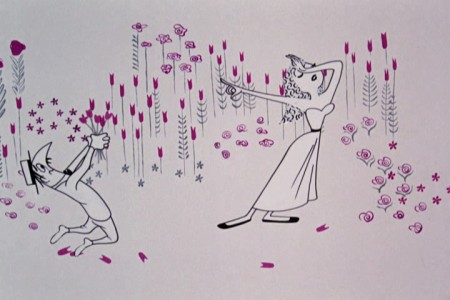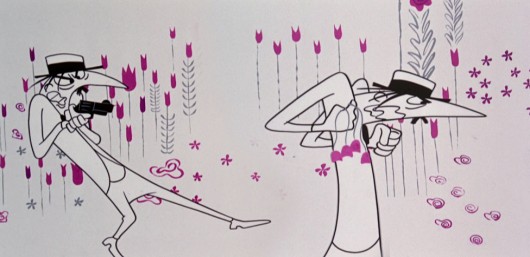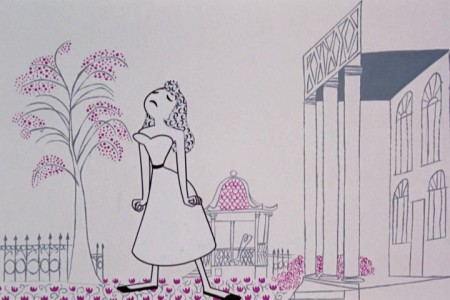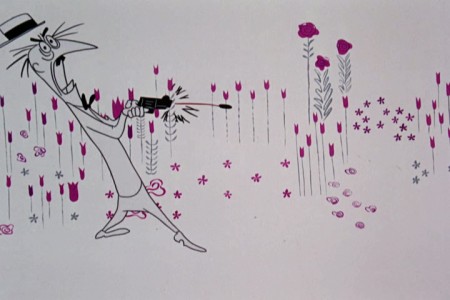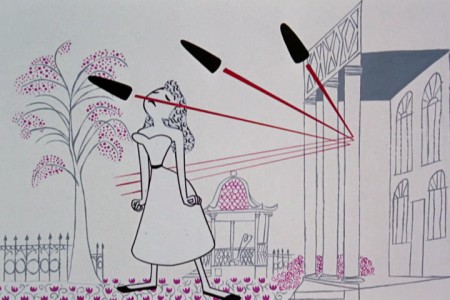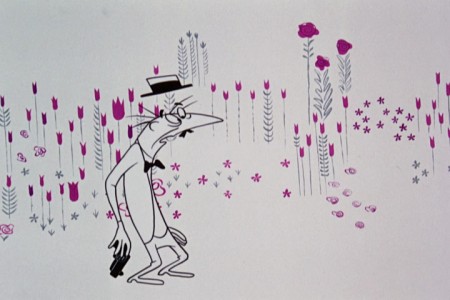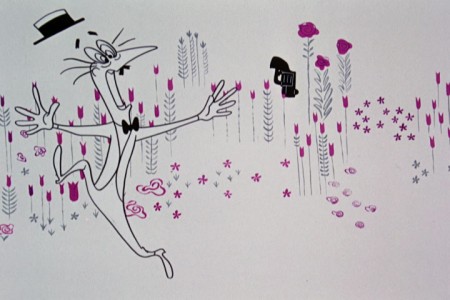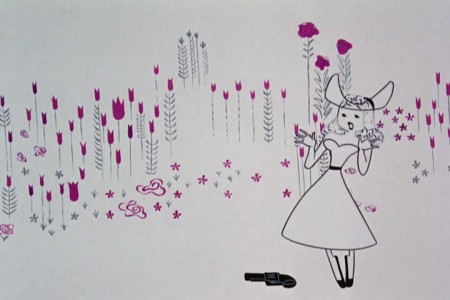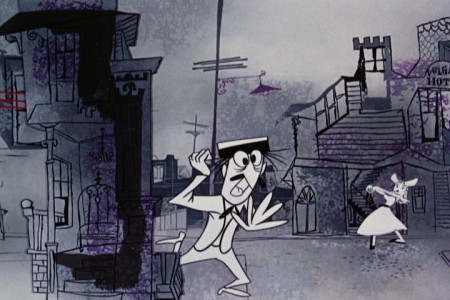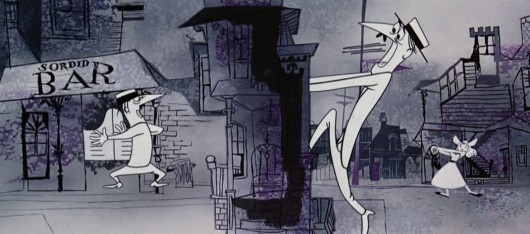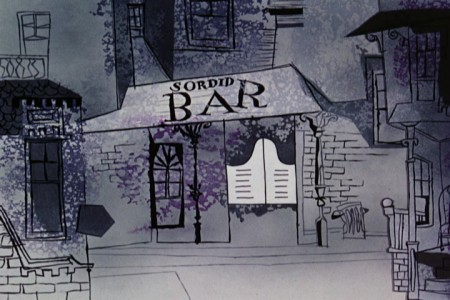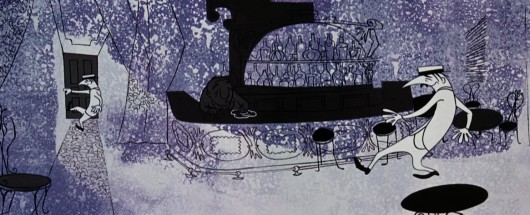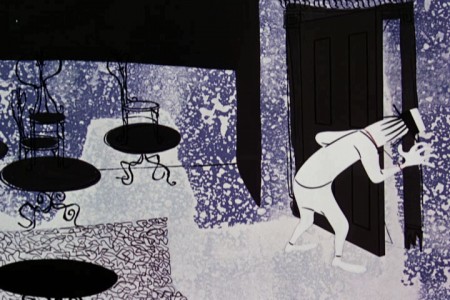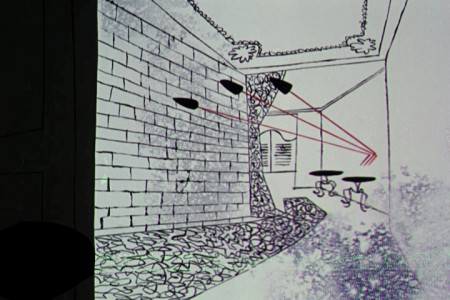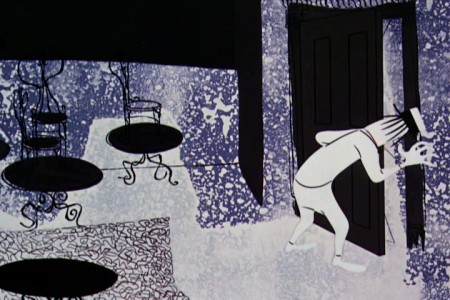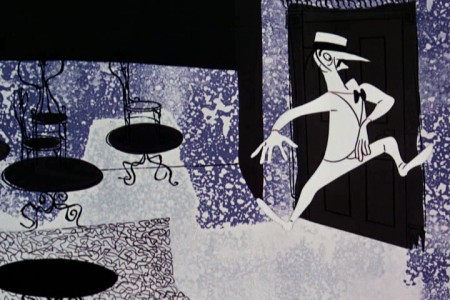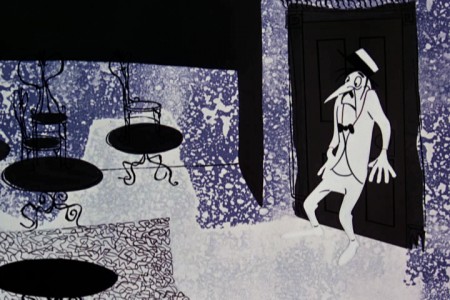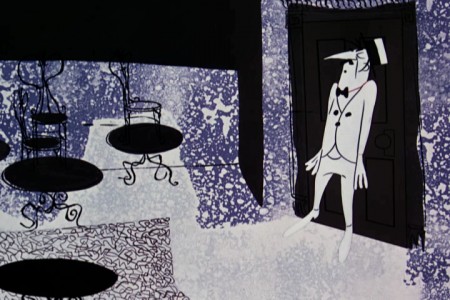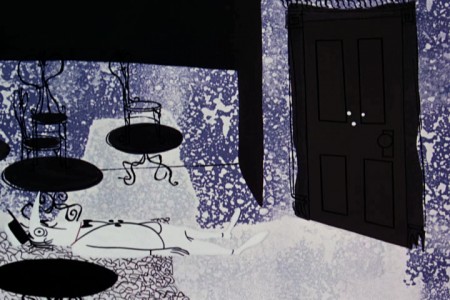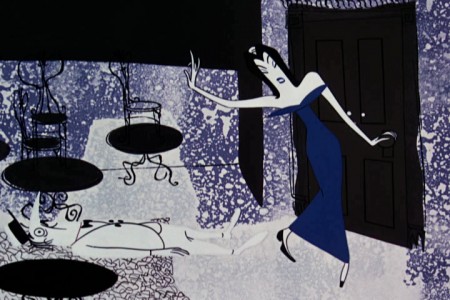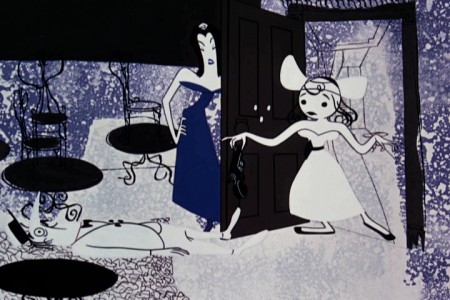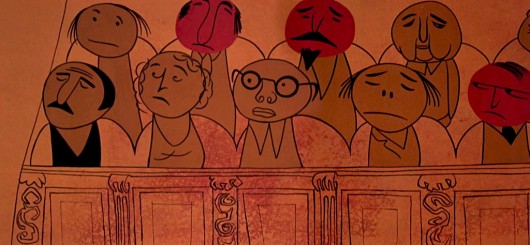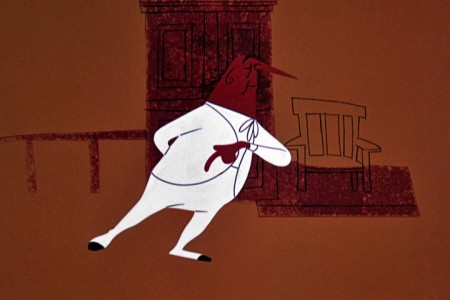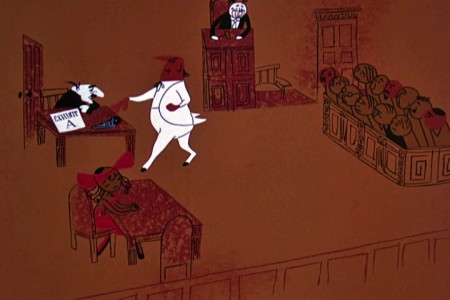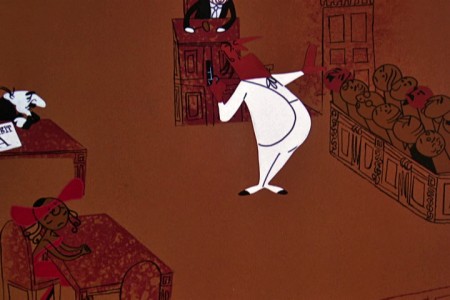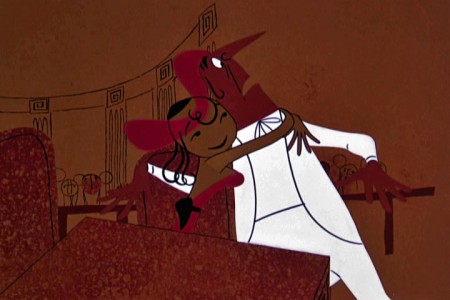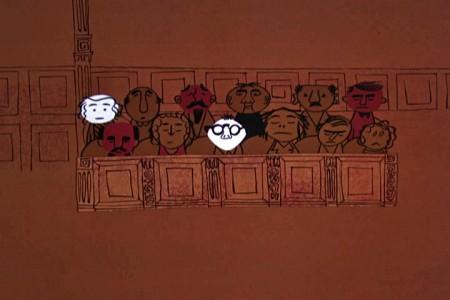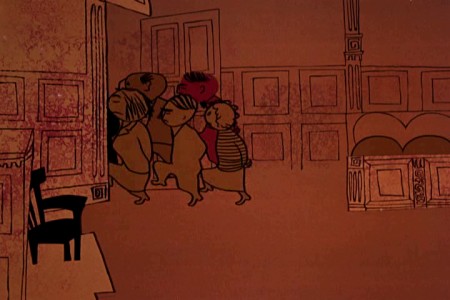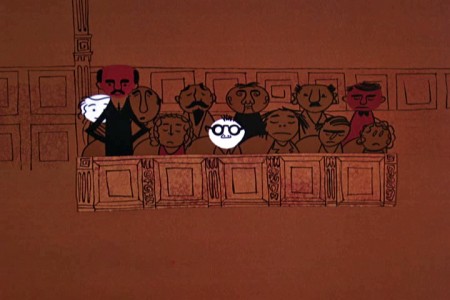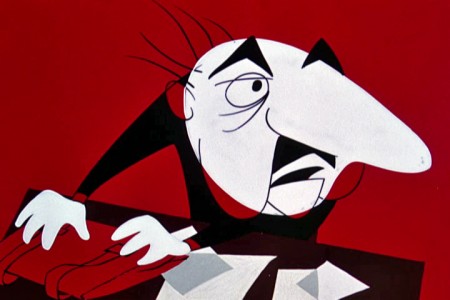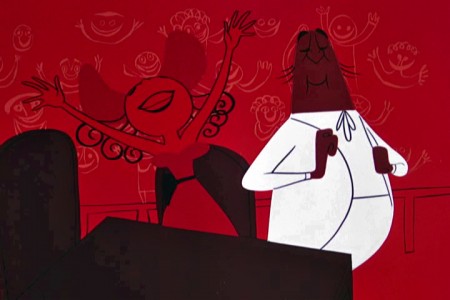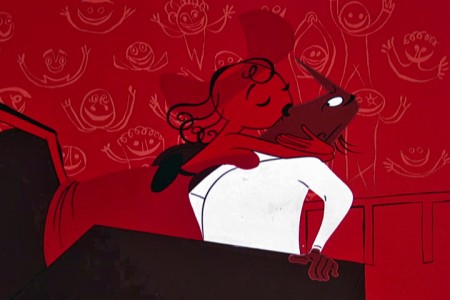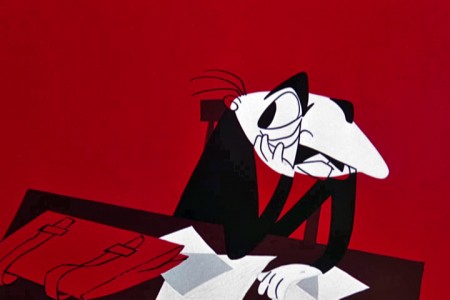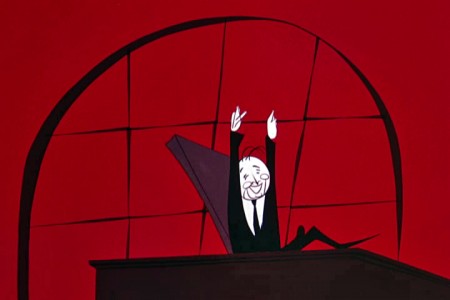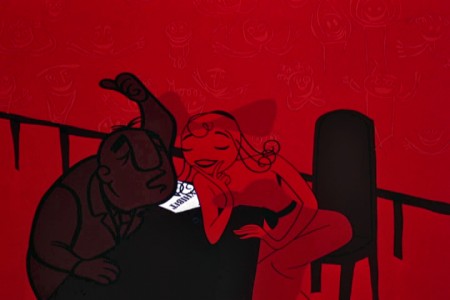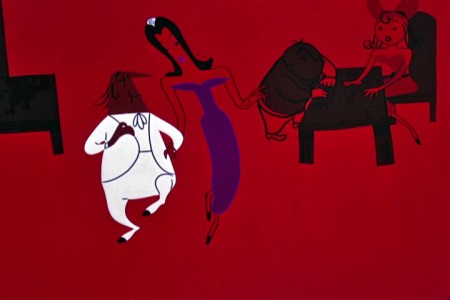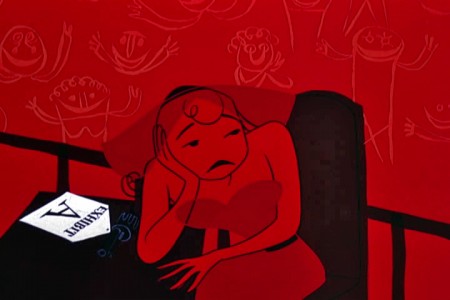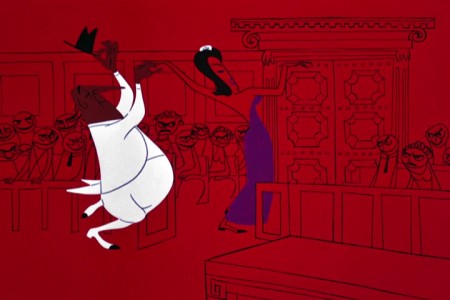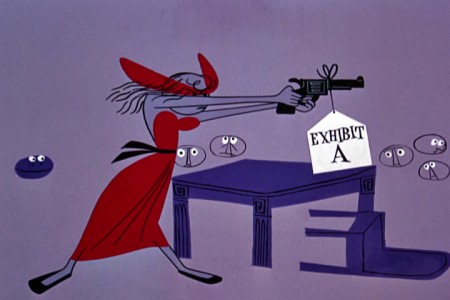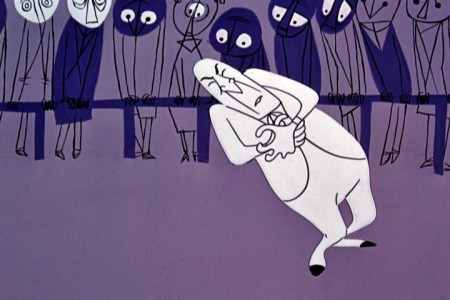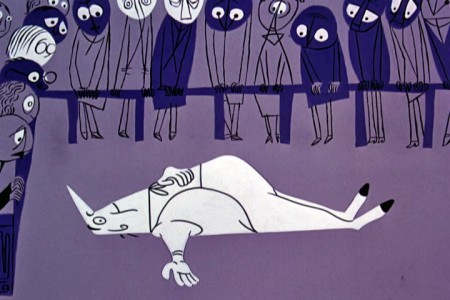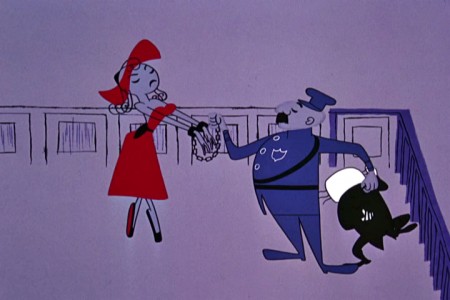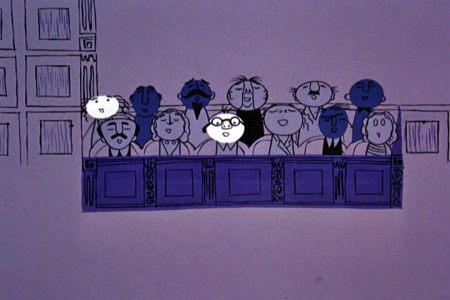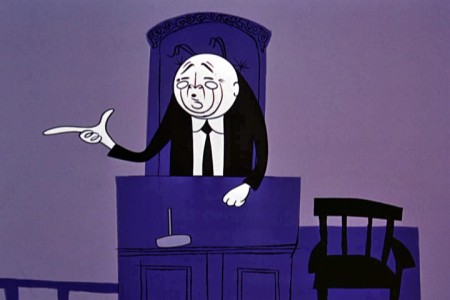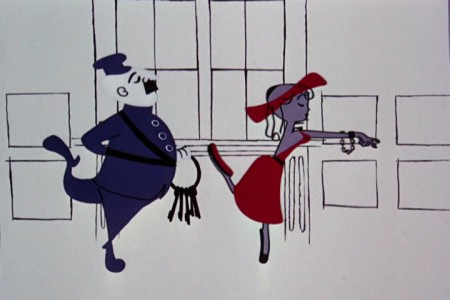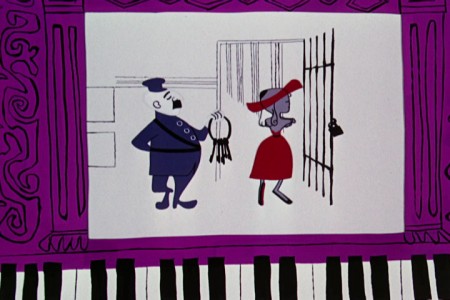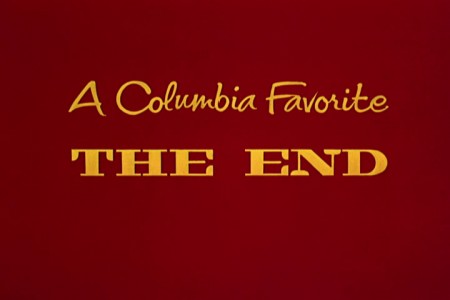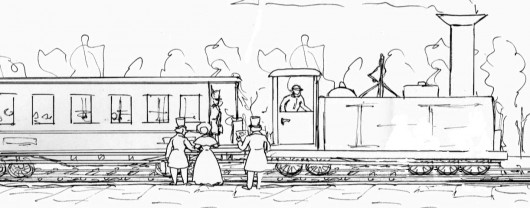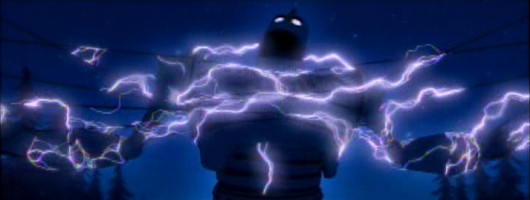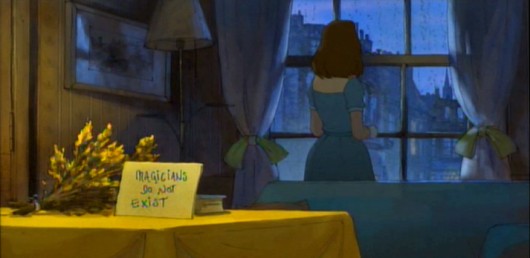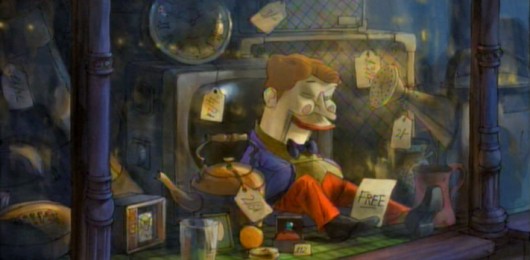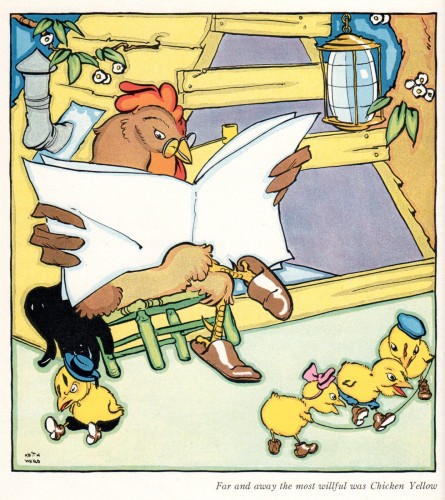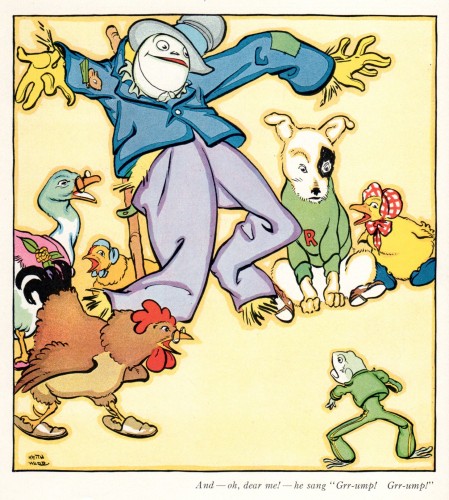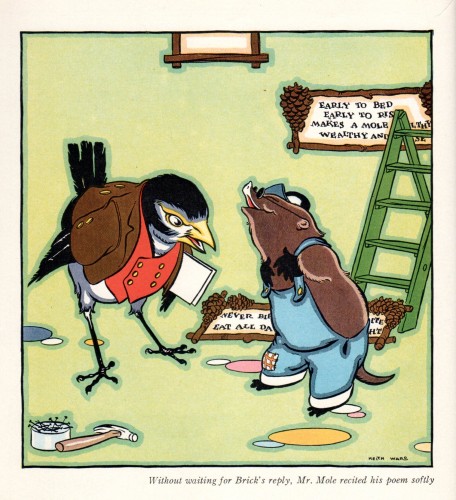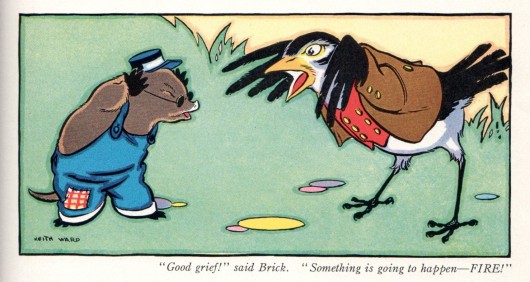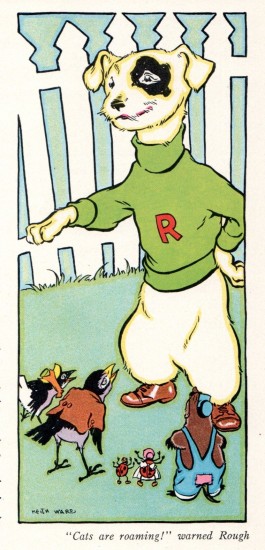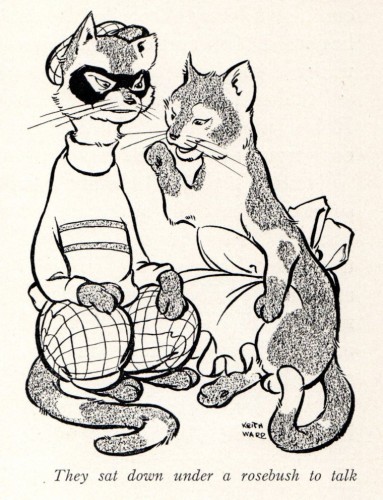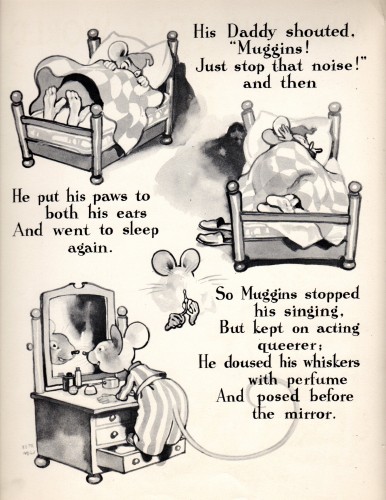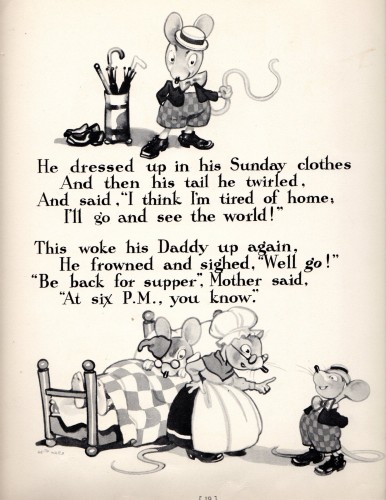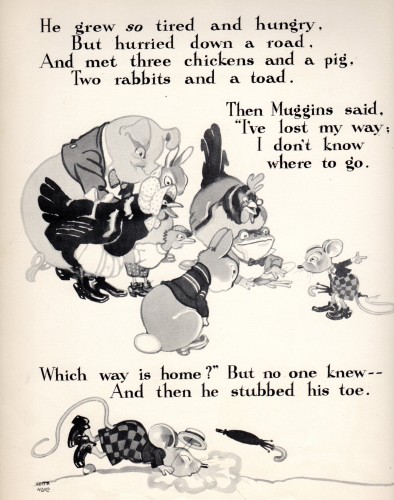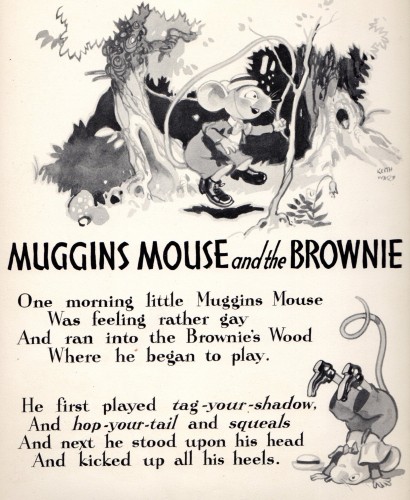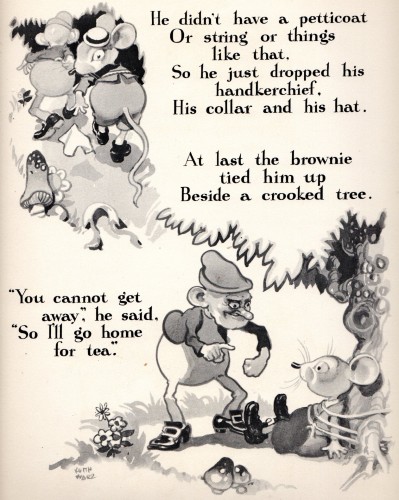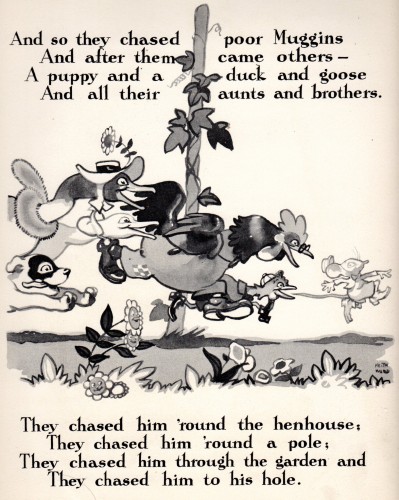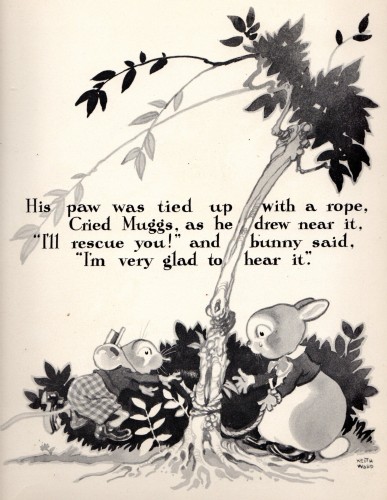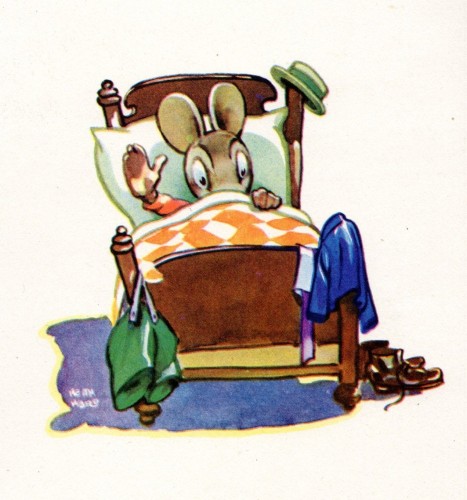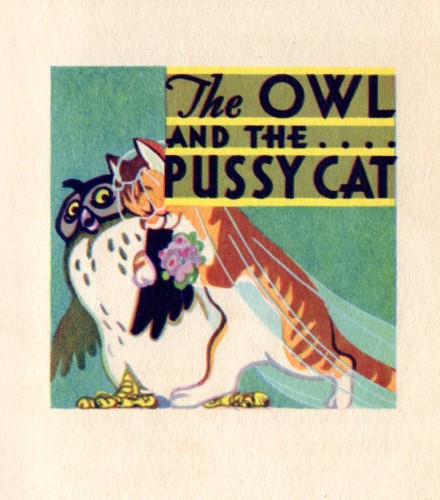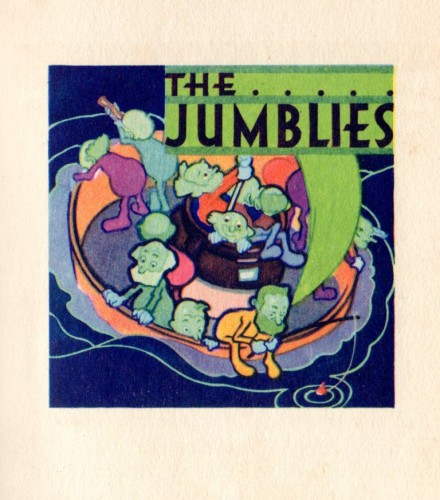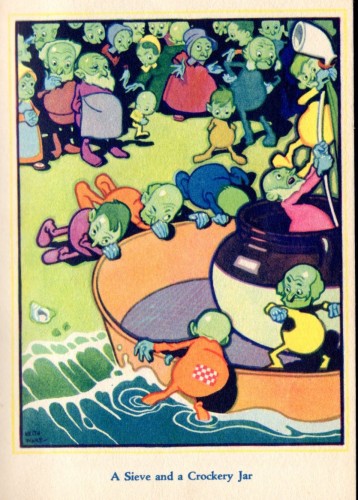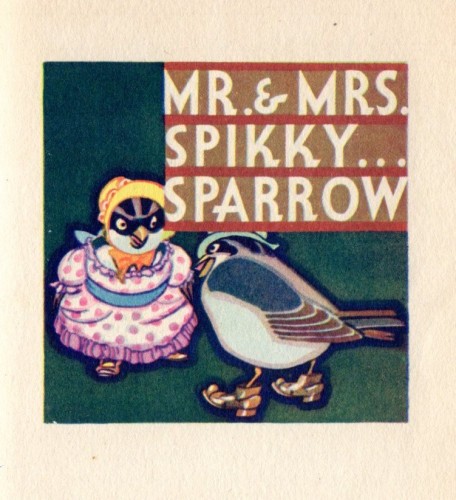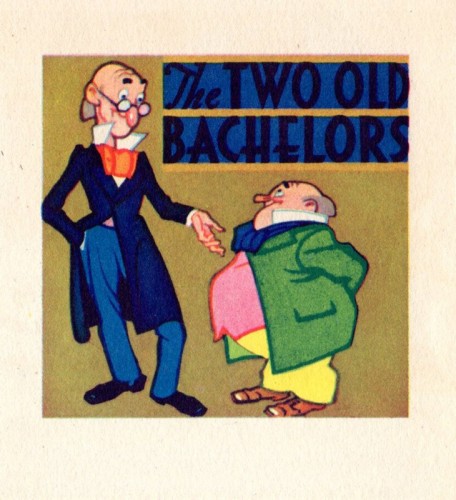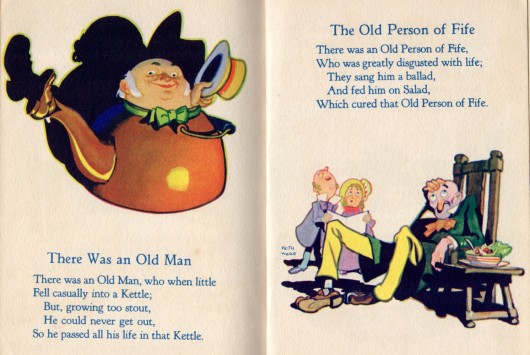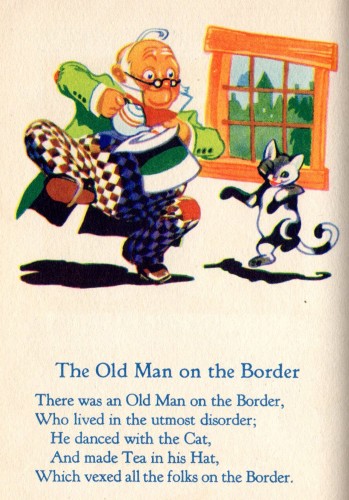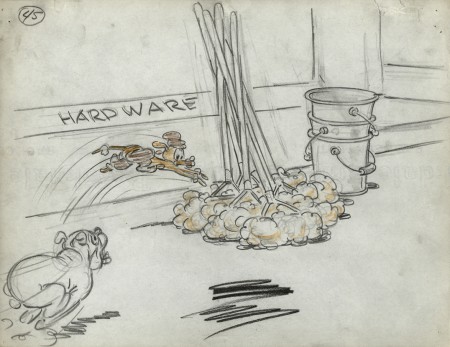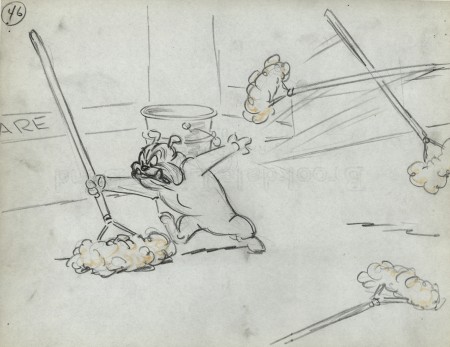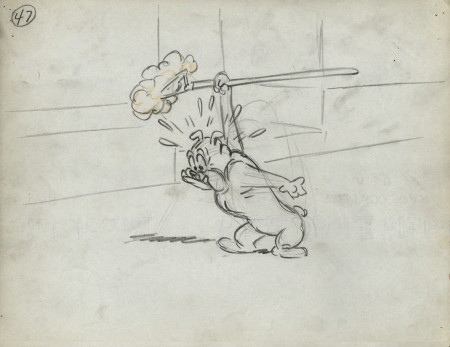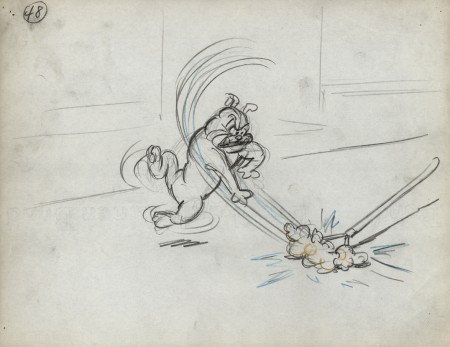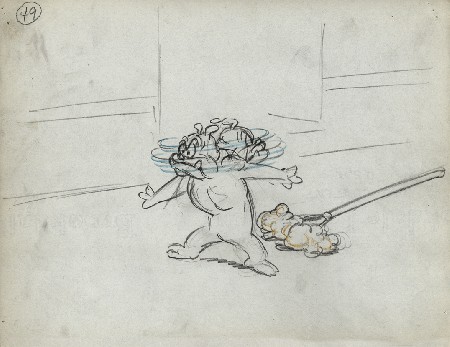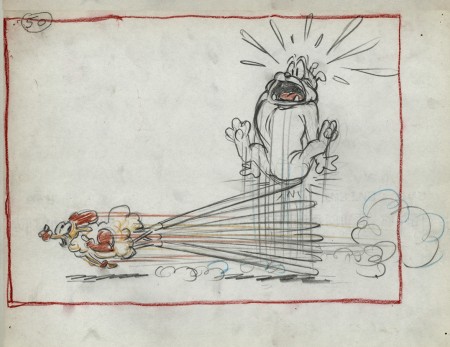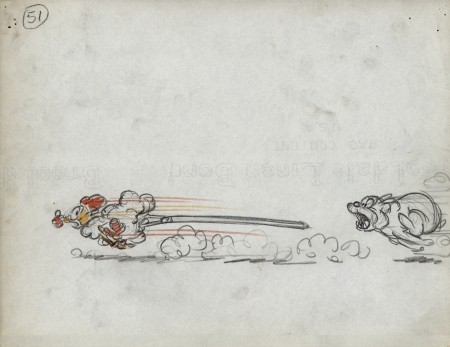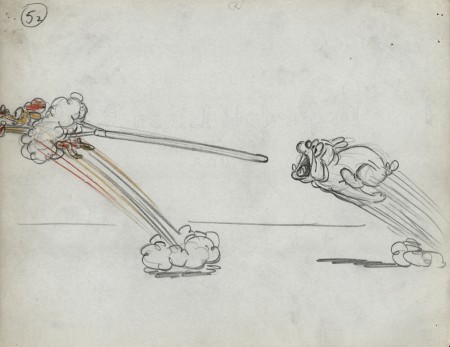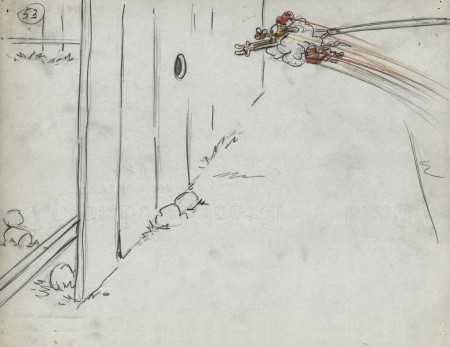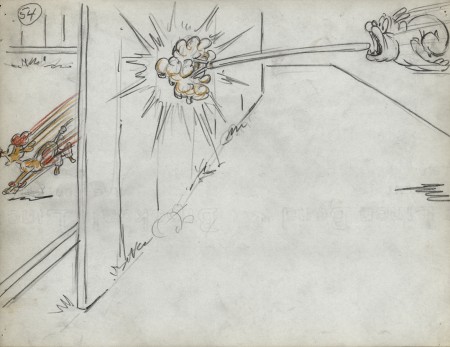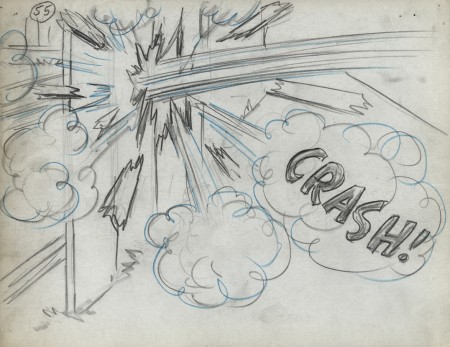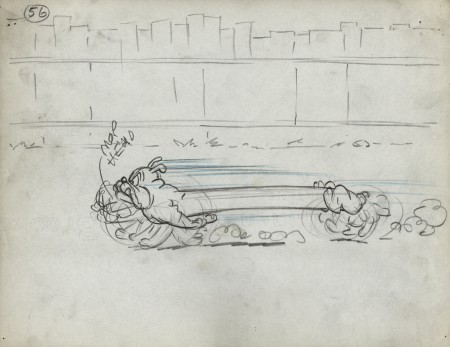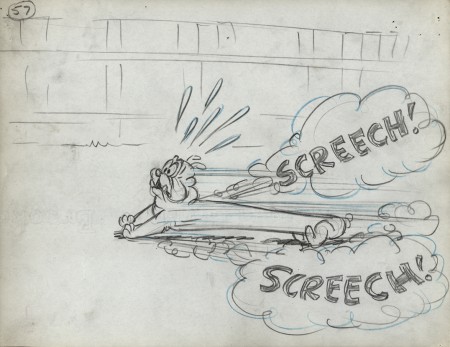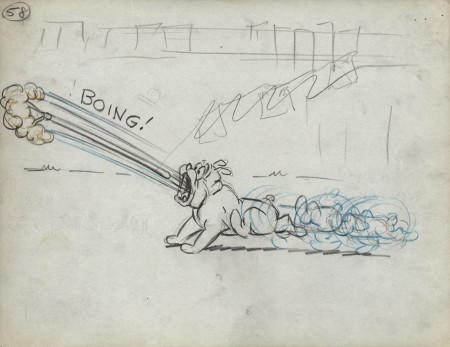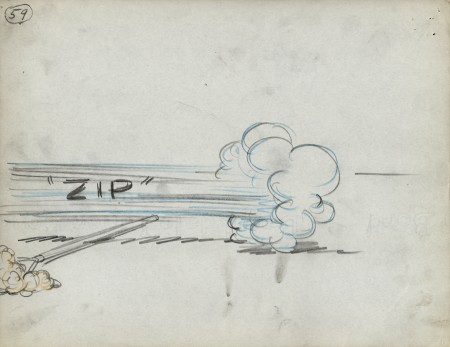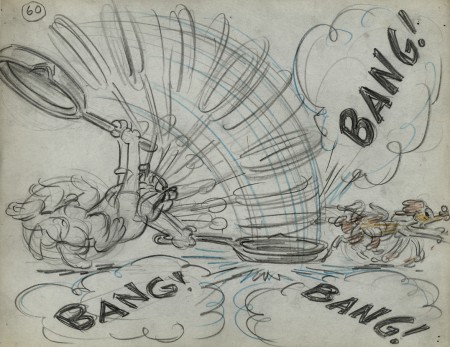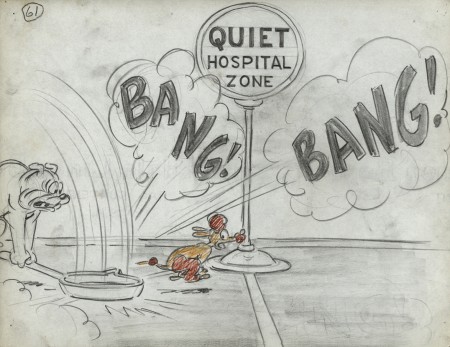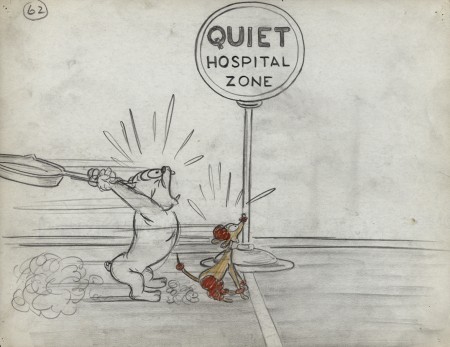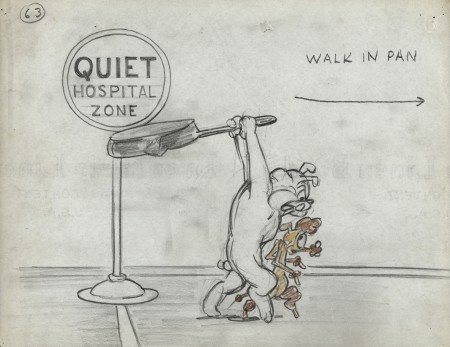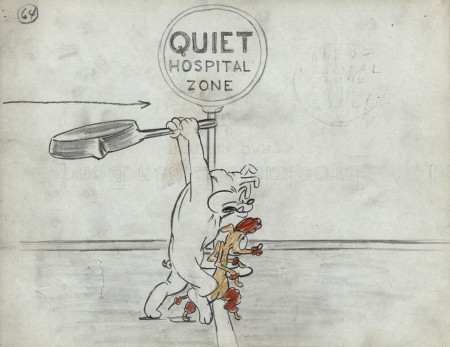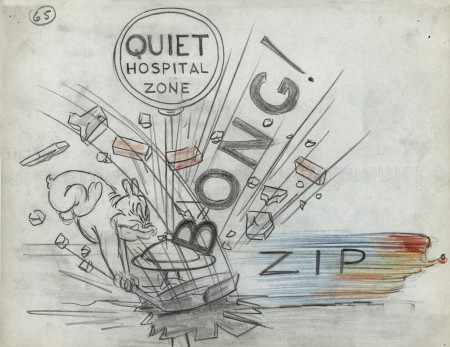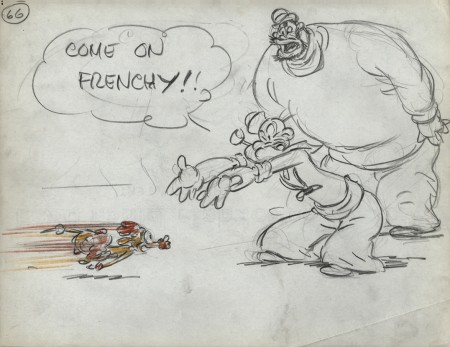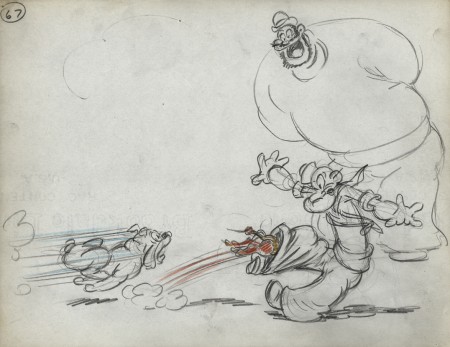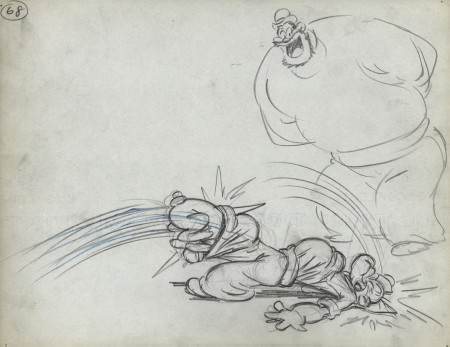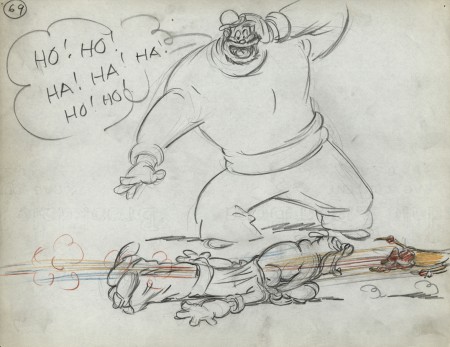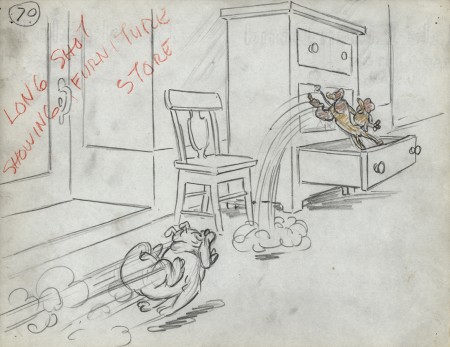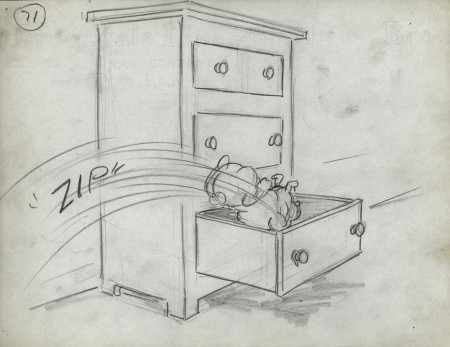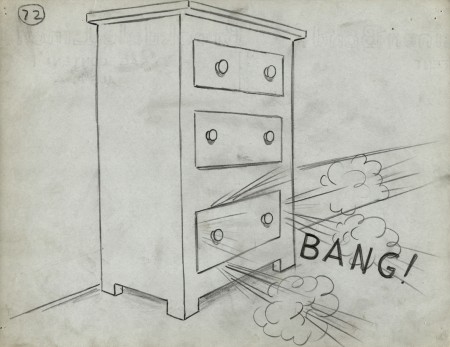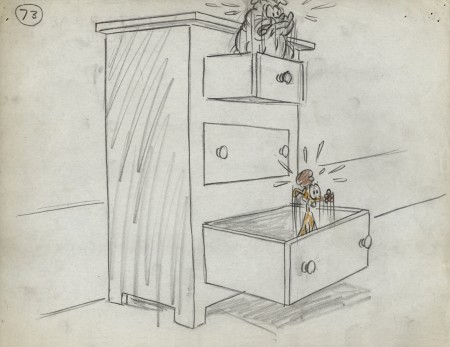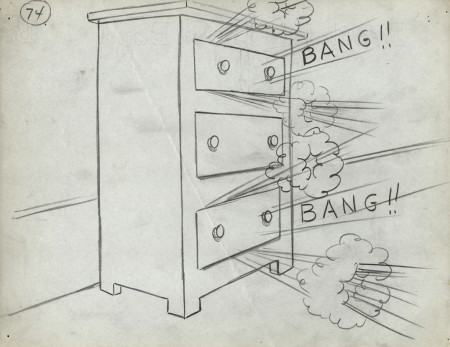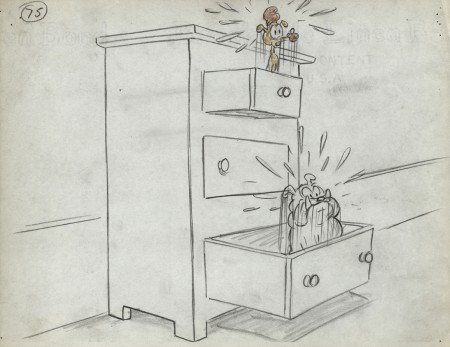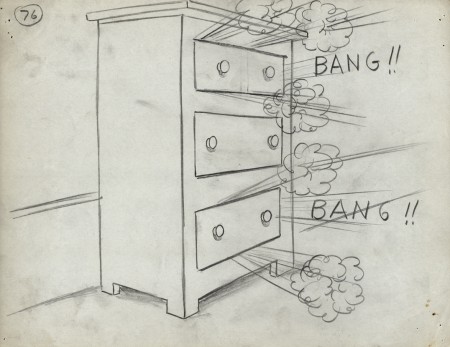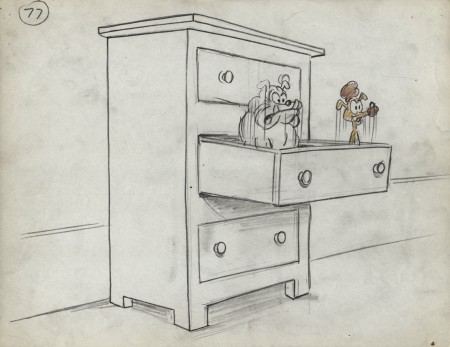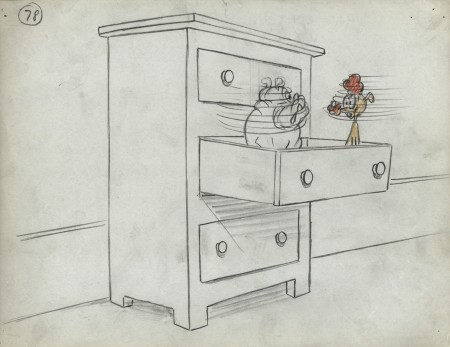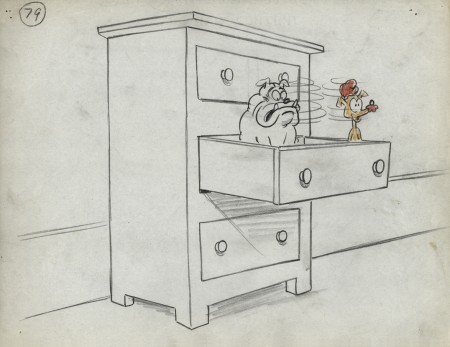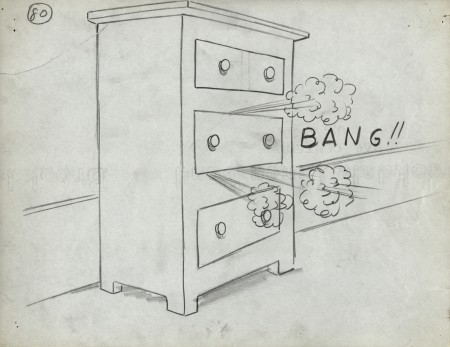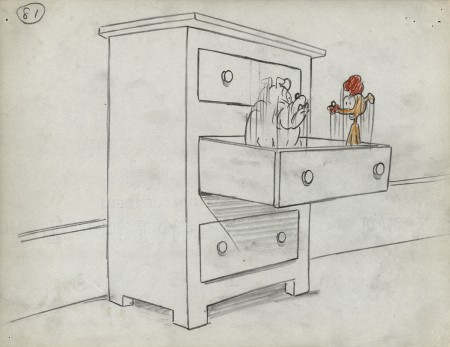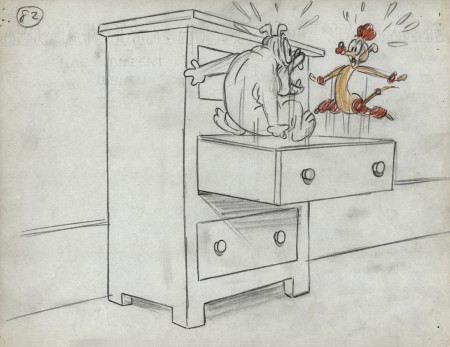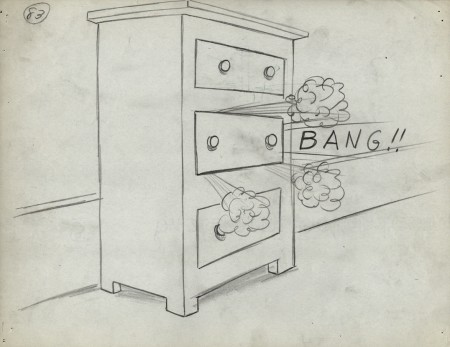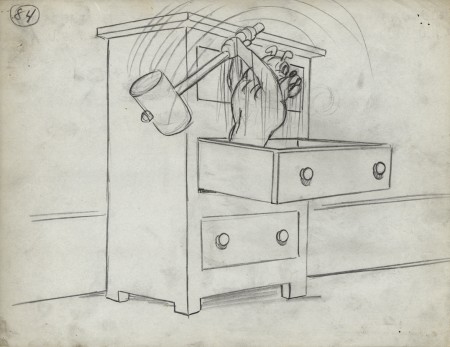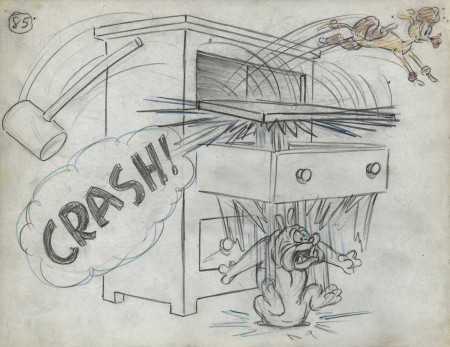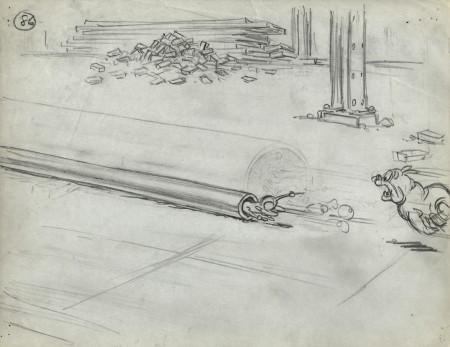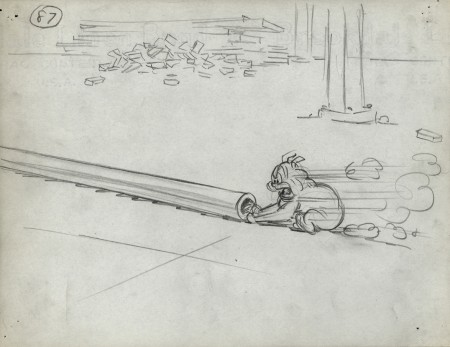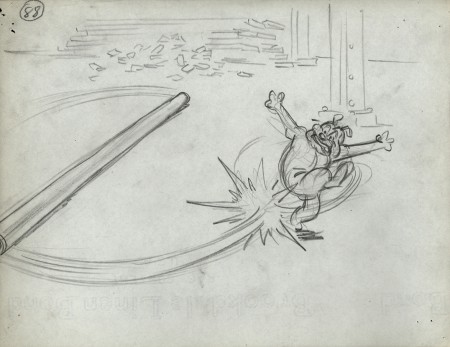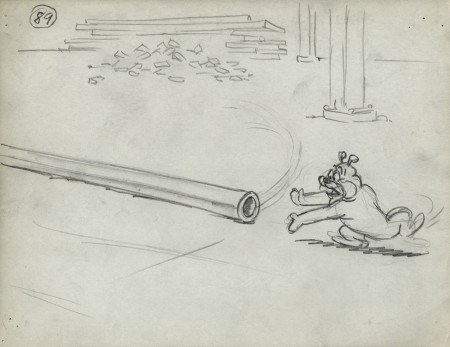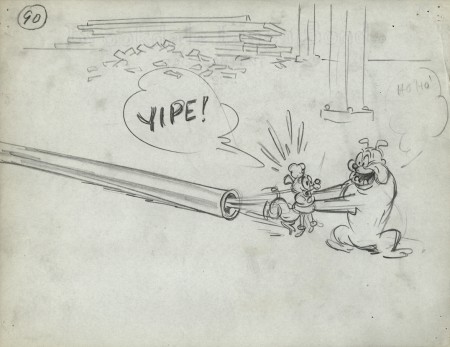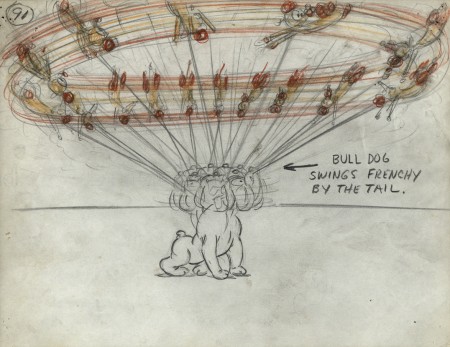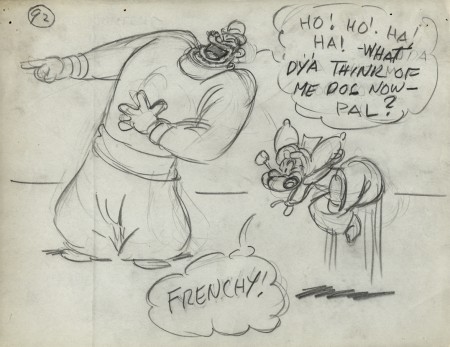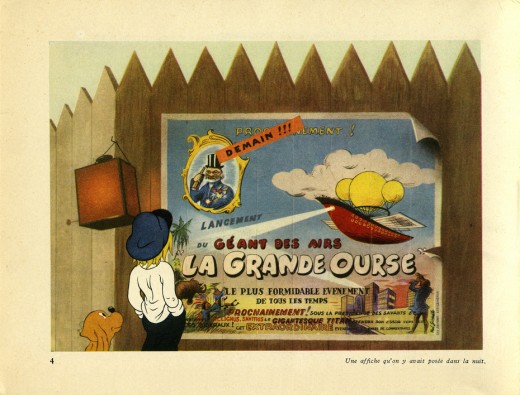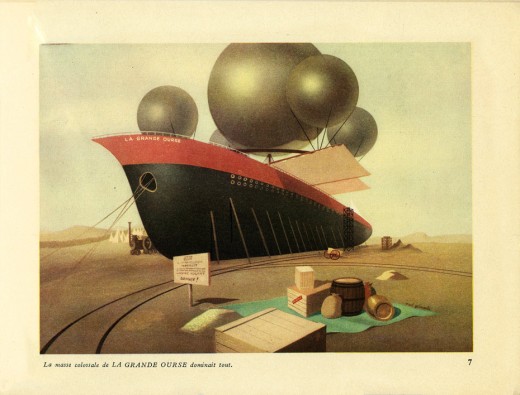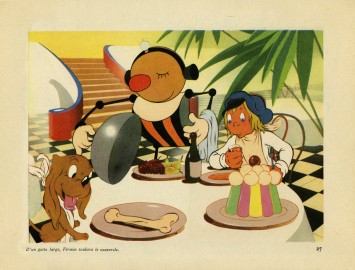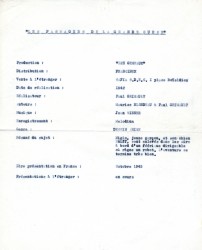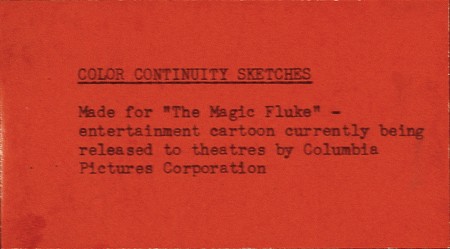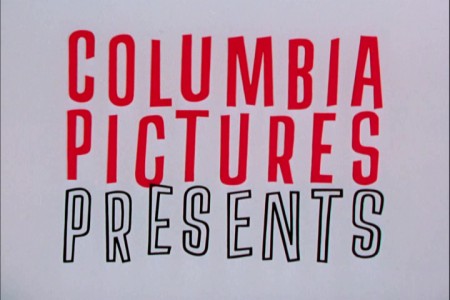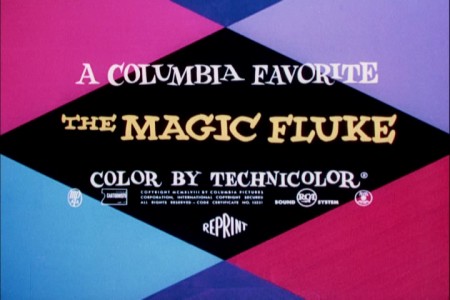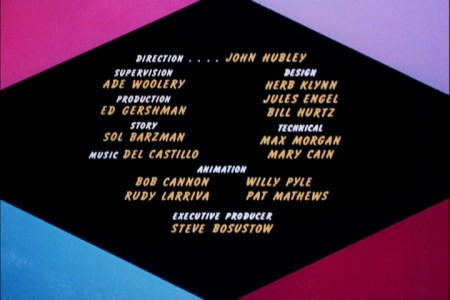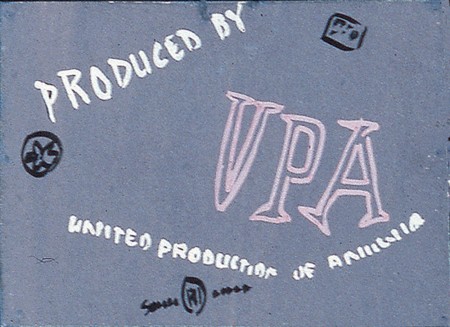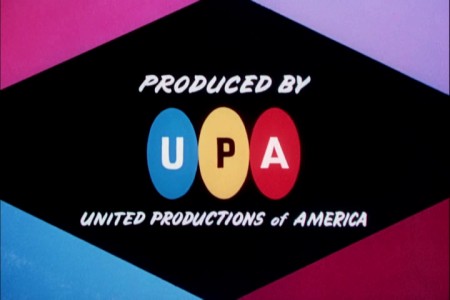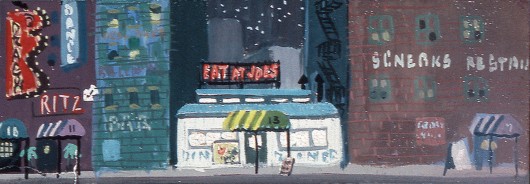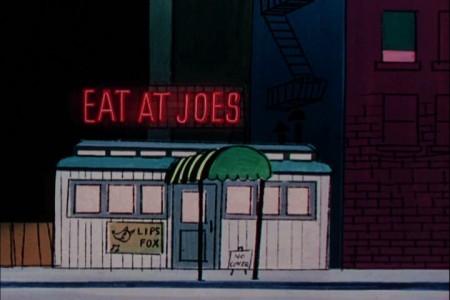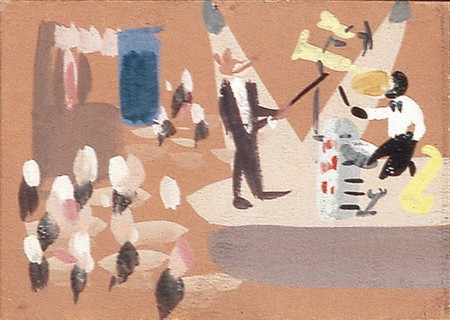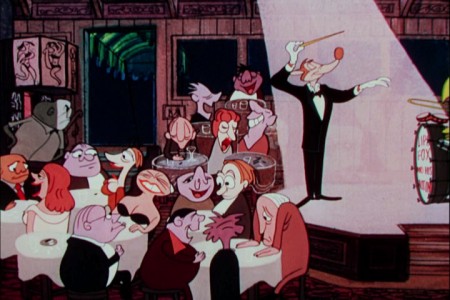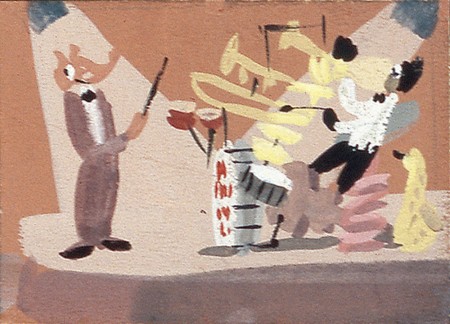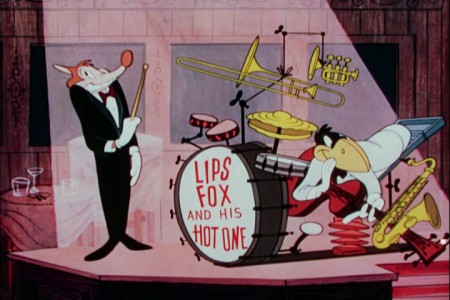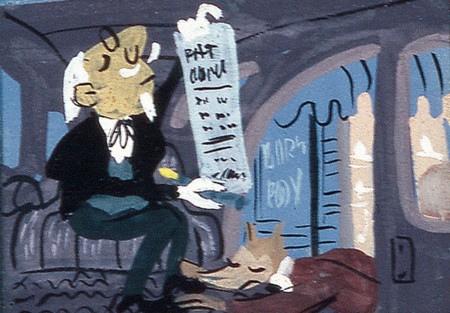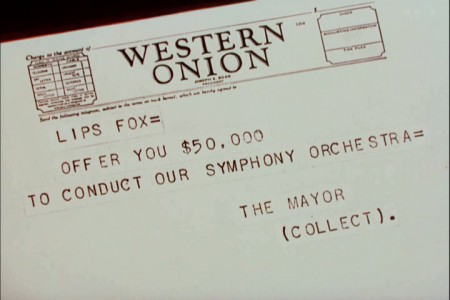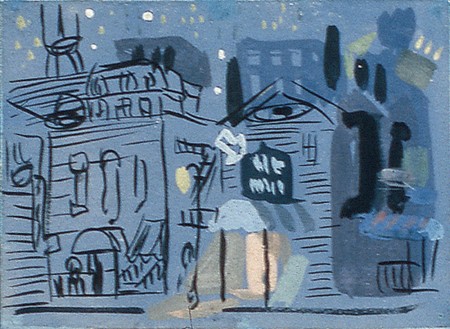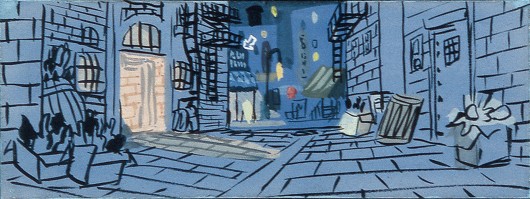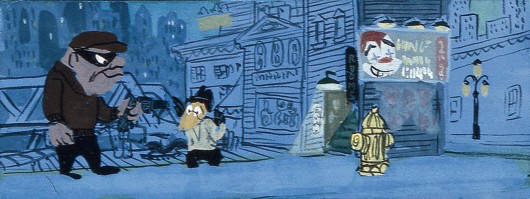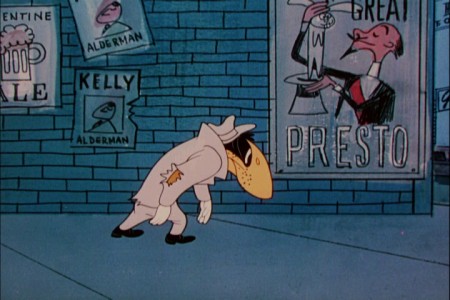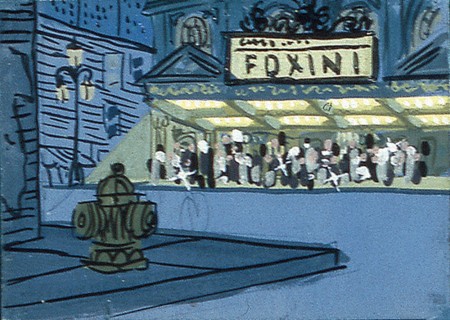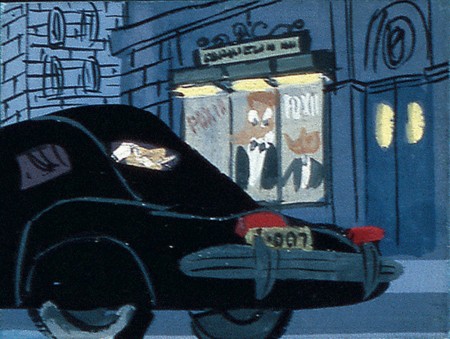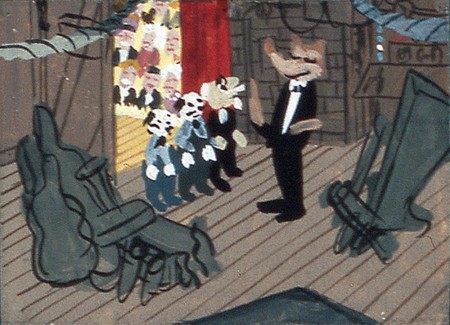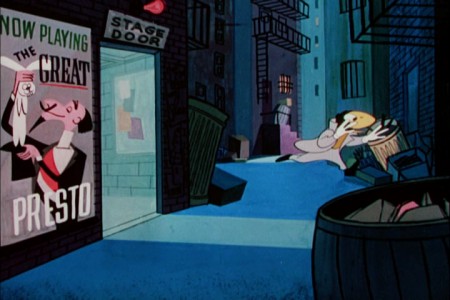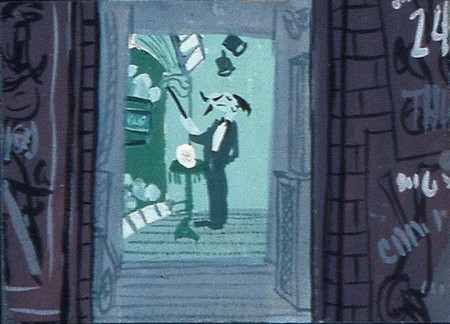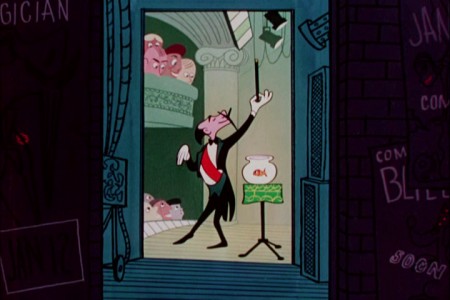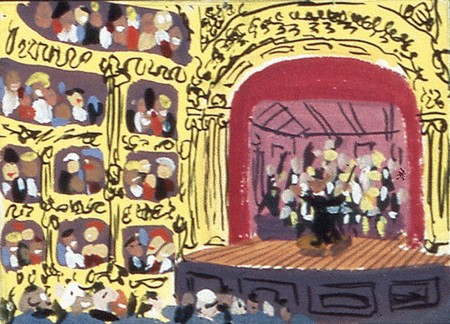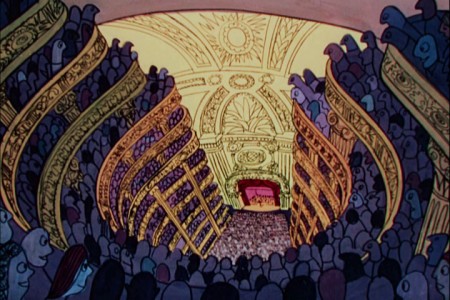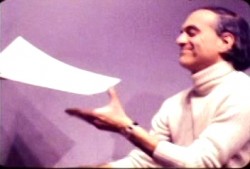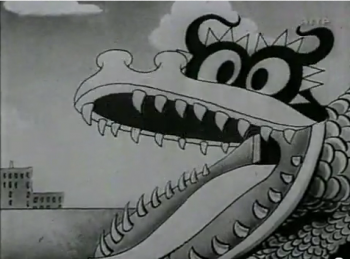Monthly ArchiveMay 2012
Frame Grabs &Hubley &UPA 21 May 2012 05:15 am
Rooty Toot Toot
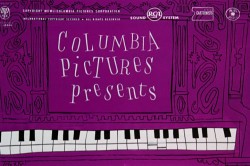 - As you know, I like this cartoon. Rooty Toot Toot. I think it’s one of the very best animated films ever made. The film combines brilliant design, with great animation, and an extraordinary story.
- As you know, I like this cartoon. Rooty Toot Toot. I think it’s one of the very best animated films ever made. The film combines brilliant design, with great animation, and an extraordinary story.
Kurosawa had directed Roshomon in 1950, and it had just touched down in the US. This tells of several people who meet up while waiting out a rain storm as they tell their differing versions of the killing of a samurai. It 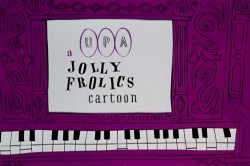 takes place in 12th Century Japan. There is no doubt that Hubley saw this film and does his cartoon adaptation of Frankie & Johnny using the same schema. It was not only daring for animation, but it was daring for film. It took the hands and eyes of a master to pull it off, and Hubley succeeded in the short 8 min cartoon.
takes place in 12th Century Japan. There is no doubt that Hubley saw this film and does his cartoon adaptation of Frankie & Johnny using the same schema. It was not only daring for animation, but it was daring for film. It took the hands and eyes of a master to pull it off, and Hubley succeeded in the short 8 min cartoon.
There is the legend that Steve Bosustow tried to get Hubley to speed up the
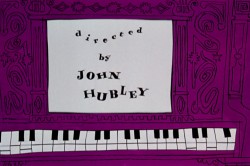 storyboard/writing process where finally the director had to lock himself and the board in to keep the production on hold until he thought it was finished. Eventually, according to the story, Bosustow broke down the door and put the film into its next phase. I don’t know what truth is in this, but I assume there must be a little something to it.
storyboard/writing process where finally the director had to lock himself and the board in to keep the production on hold until he thought it was finished. Eventually, according to the story, Bosustow broke down the door and put the film into its next phase. I don’t know what truth is in this, but I assume there must be a little something to it.
Unlike most other UPA films, this movie was made for an adult audience and it had no
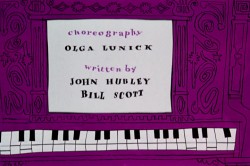 children to speak down to. Unlike most other UPA films, the art style came from 20th century art, not “illustration.” The inspiration was more Steinberg, Ben Shahn and WPA than Vanity Fair or the New Yorker.
children to speak down to. Unlike most other UPA films, the art style came from 20th century art, not “illustration.” The inspiration was more Steinberg, Ben Shahn and WPA than Vanity Fair or the New Yorker.
I’ve decided to pull frame grabs from the film, but that can only account for some still graphics. You really have to see this in motion, and I suggest you watch the version on the TCM Jolly Frolics DVD. It’s the only version that has a good transfer which does the design justice.
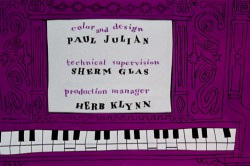
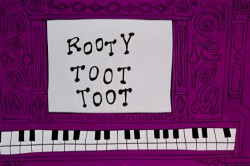
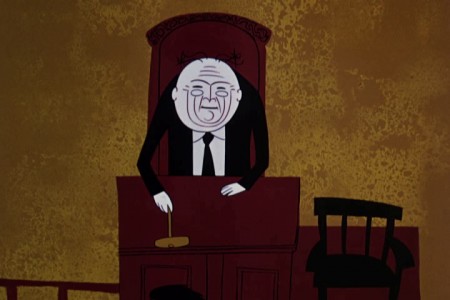 2
2
Gold colors dominate the opening of the trial,
except for Frankie’s bright red dress.

Frankie appears, to stand trial.
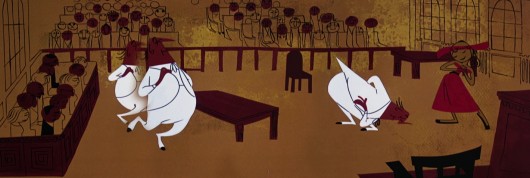
The defense does a dance with Frankie
as he caresses his client.
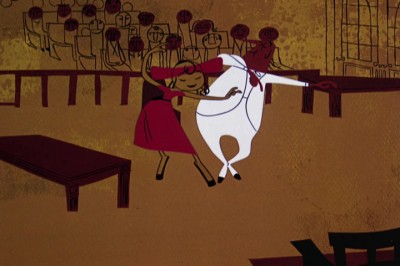 6
6
Choreographer Olga Lunick earned her money on this scene.
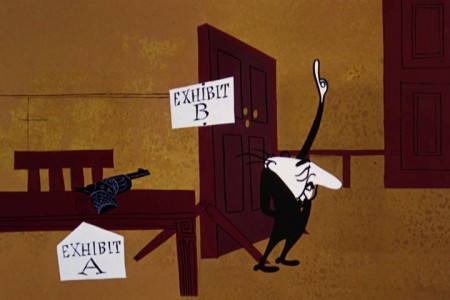 10
10
An open and shut kind of case.

The bartender is the first witness.
He waves hello to half those seated,
before raising his right hand to be sworn in.
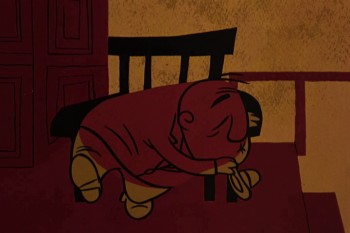 12
12
The bartender brings a subtle color change as
we move from gold hues to brownish colors.
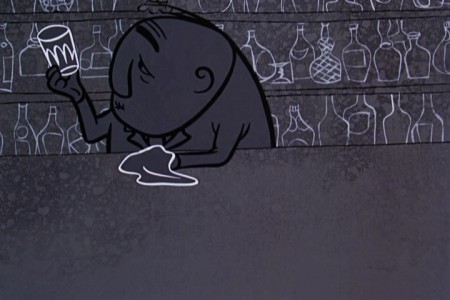 16
16
Once we go back to the bar, bluish grays take the scenes.
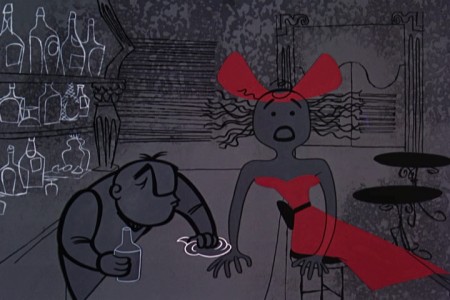 20
20
The bartender revealing Nellie Bly in the back room
foreshadows his reveal at the end of the film.
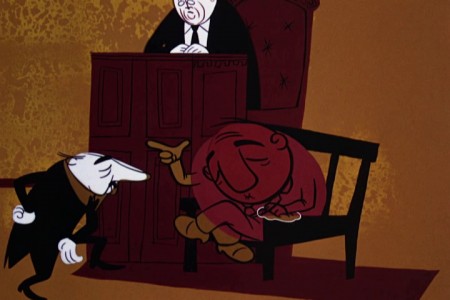 24
24
Back to the browns and ochres in the courtroom.
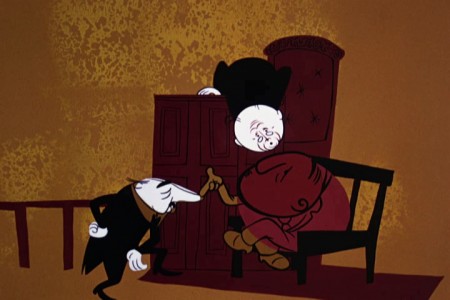 25
25
“Right in the snoot . . . ”
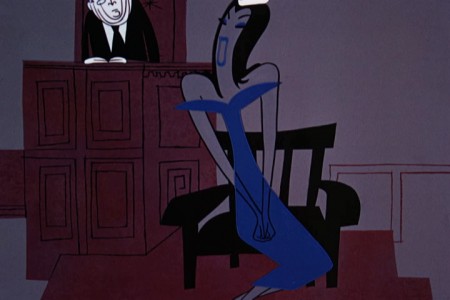 27
27
Nellie Bly brings her violets, lavenders and blues.
The exact opposite of Frankie’s colors.
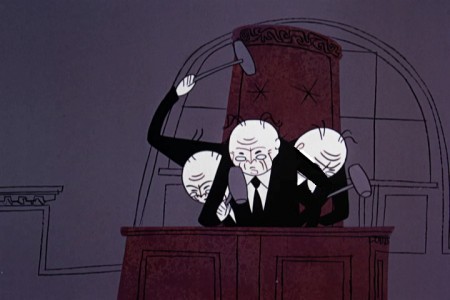 29
29
Order in the court.
The judge doesn’t smear; he breaks into multiple versions
of himself frenetically hammering his desk.
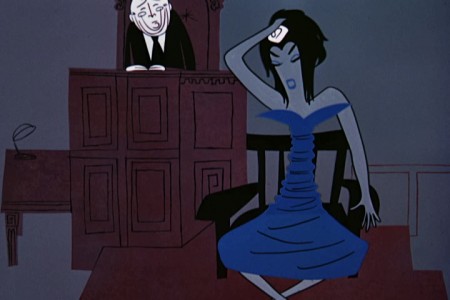 33
33
Straightening out the story . . .
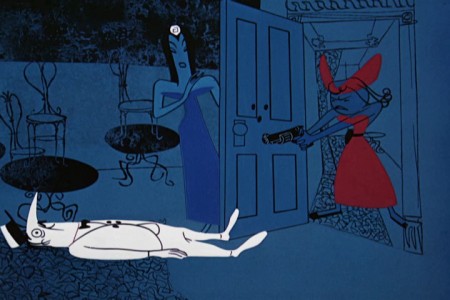 45
45
All blues except for that dress.
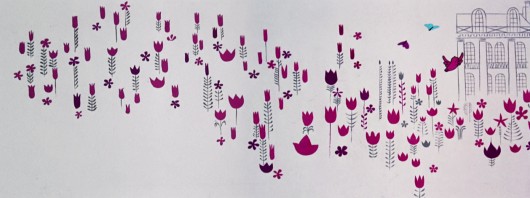
Frankie’s story comes in lily whites and white on white.
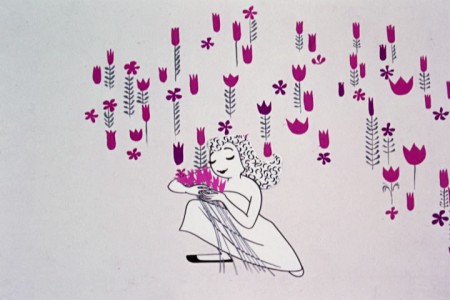 55
55
Her hair in this sequence was matted into the animation.
The decorative pattern didn’t move within the body of the hair.
A real pain in the butt for a design technique. Multiple camera runs.
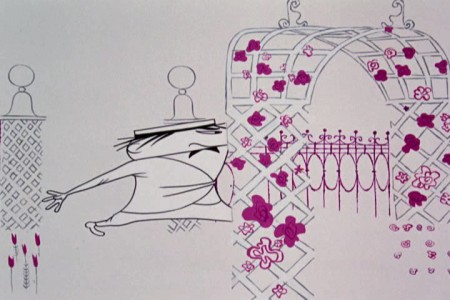 57
57
Smear frames are used in this sequnce for Johnny.
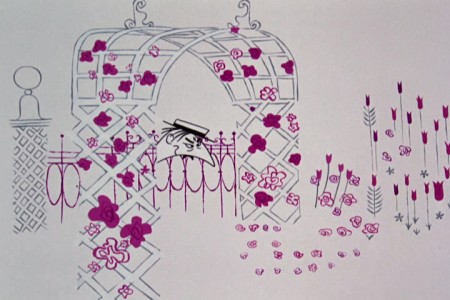 58
58
the victim is made to be the evil one.
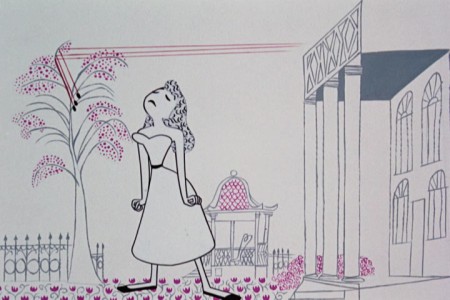 67
67
The bullets ricochet, musically, all over the place.
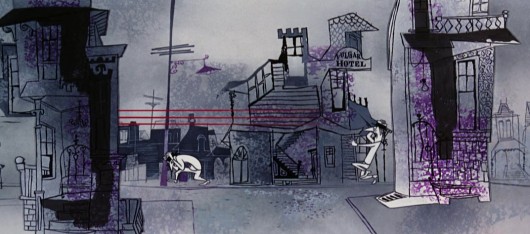
The pure whitish backgrounds turn to dirty grays.
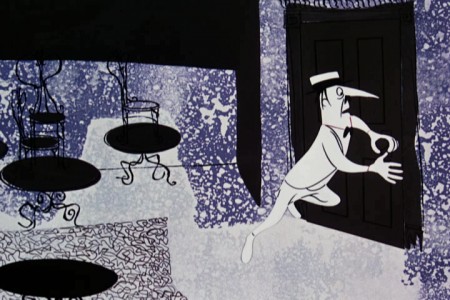 78
78
There’s a reuse of the gag as he looks out the door (see #40 on),
but the animation is different. No expense spared on this film.
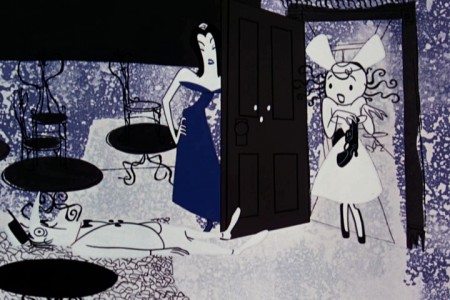 88
88
Back to the courtroom, vermillion is the color dominating.
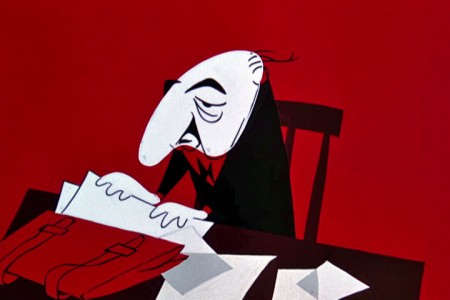 97
97
Back to the courtroom, vermillions turn to
deep reds as the innocent verdict is revealed.
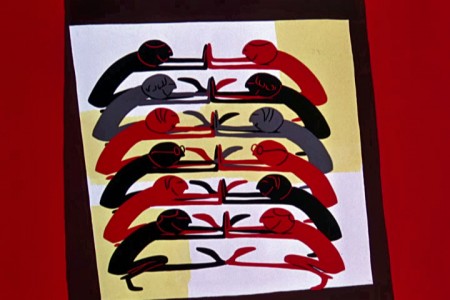 103
103
Very short quick scenes scream at the audience.
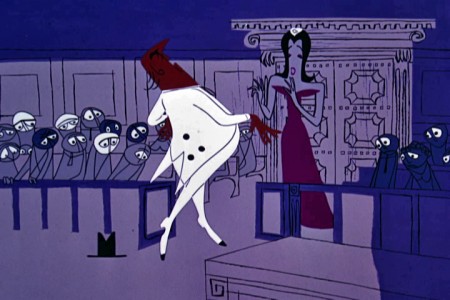 108
108
The attorney’s murder brings bright violets and lavenders.
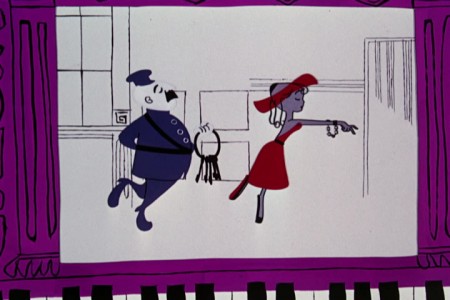 116
116
The lavenders dominate until we pull out
on the purple player piano.
This film, like Nordshtein’s Tale of Tales, is proof that animation can and should be as sophisticated as live action and as adult as any film. This is most certainly one of the classics in animation history. It’s only the animators and producers that hold the medium back.
Commentary &Daily post &SpornFilms 20 May 2012 06:26 am
Poe Props
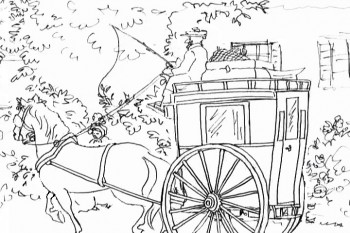 - There’s a certain difficulty in making a film about 1820-1850 as opposed to making it about 1850-1880. Things, in the New World, were being invented and didn’t look like any other eras. I suppose this is true about any era; there are always complications. New York City, for example, changed drastically in 1888, February 1888. Before that date the sky in the City was a mass of wires. One could barely see the sky for all the wires that were strung across the terrain. However, in February of 1888, there was a violent snow storm that knocked down all the wires, and that was the excuse the City enjoyed as they buried the wires underground. So after February of 1888, the sky was wide open, and the City had a major face lift. Photographs of the City from that period are remarkable.
- There’s a certain difficulty in making a film about 1820-1850 as opposed to making it about 1850-1880. Things, in the New World, were being invented and didn’t look like any other eras. I suppose this is true about any era; there are always complications. New York City, for example, changed drastically in 1888, February 1888. Before that date the sky in the City was a mass of wires. One could barely see the sky for all the wires that were strung across the terrain. However, in February of 1888, there was a violent snow storm that knocked down all the wires, and that was the excuse the City enjoyed as they buried the wires underground. So after February of 1888, the sky was wide open, and the City had a major face lift. Photographs of the City from that period are remarkable.
Well, the same was true of the props of the early part of the 19th Century. The first railroad train, for example, was engineered by Peter Cooper in 1829 and stretched from Baltimore to the village of Ellicott’s Mills thirteen miles west. The train, called the Tom Thumb, was modeled after a British locomotive. Since Edgar Allan Poe did a lot of traveling throughout his life, it was obvious to recreate such a vehicle and have our hero ride the rail – with an imagined orangutan, an animal that had just been discovered, and was seen to be the “missing link” they were searching for. Poe, of course, was aware of this news story, and incorporated an orangutan in the story, Murder in the Rue Morgue.
We did have to do some specific research for the train. We didn’t want something as early as the “Tom Thumb,” but we did want something a few years later.
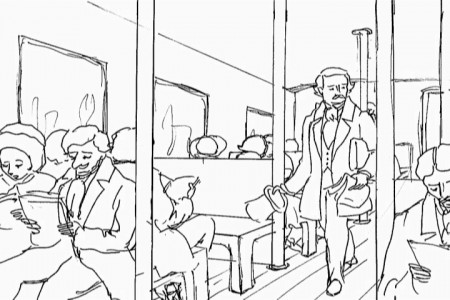
Boarding the train.
It was also as likely for Poe to have traveled from New York to Maryland via many different other means of transportation. No doubt, part of the trip would be made via some short-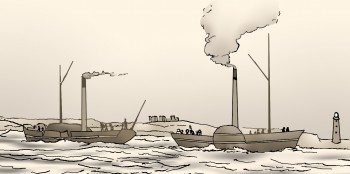 distanced local ferry. After all, it would have been faster to move over a body of water than over the land. In his lifetime, Poe lived in New York, Philadelphia, Baltimore, and Boston. To get from one place to another meant some significant travel as well as time and money. Edgar, Muddy (his Aunt/Mother-in-Law) and Virginia (his young wife) had to negotiate meticulous plans to travel. He wanted the least expensive route and the shortest travel time. Carriage, rail, horseback and ferry were the only real options open to them.
distanced local ferry. After all, it would have been faster to move over a body of water than over the land. In his lifetime, Poe lived in New York, Philadelphia, Baltimore, and Boston. To get from one place to another meant some significant travel as well as time and money. Edgar, Muddy (his Aunt/Mother-in-Law) and Virginia (his young wife) had to negotiate meticulous plans to travel. He wanted the least expensive route and the shortest travel time. Carriage, rail, horseback and ferry were the only real options open to them.
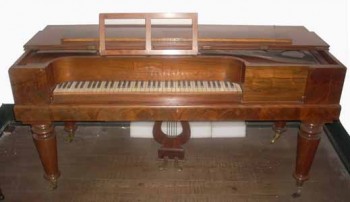
We also have a song in the show. Virginia was a singer. She died of complications after a blood vessel ruptured in her throat. There are songs that Edgar Allan Poe wrote for Virginia 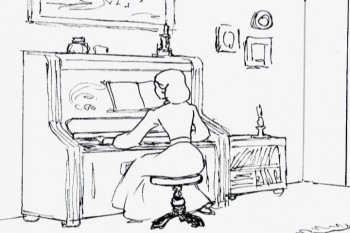 and his sister, Rosalie. In the film, Virginia sings one of those songs. Obviously, we had to know what kind of piano they would have had in their home – their poor and little home.
and his sister, Rosalie. In the film, Virginia sings one of those songs. Obviously, we had to know what kind of piano they would have had in their home – their poor and little home.
Pictured above is Rosalie’s piano gifted to Poe Cottage after her death in 1865. We imagined Virginia’s piano to be slightly different.
The good fortune that we do have is that Poe Cottage still stands as a tiny museum in the Fordham section of the Bronx. I grew up only a mile or two away from it, and I’ve passed it hundreds of times. Interestingly, I still haven’t visited it, though I certainly will before the film actually starts production. In fact, I expect to have a studio trip so we can all take it in together.

Poe Cottage in the Bronx.
There’s also the more elaborate Poe House down in Baltimore. Many artifacts decorate the house, and many of these were in Poe’s possession.
See Poestory.net.
See our Facebook page.
Check out our Indiegogo page and share it with friends of friends.
Commentary &Daily post 19 May 2012 06:26 am
Going to the Movies
- We’ve currently been working hard to raise a little money to finance completion of a sampler of our proposed animated feature, POE. This is the biography of Edgar Allan Poe, and it’s a project that I’ve been working closely with for the past five or more years. A lot of research, writing, drawing, planning, boarding and – the hardest and most fun part – thinking about the shape of the film has been ongoing. It’s been a lot of work, and we haven’t really started yet. This has made me think often enough about the Big Picture – the shape of things to come.
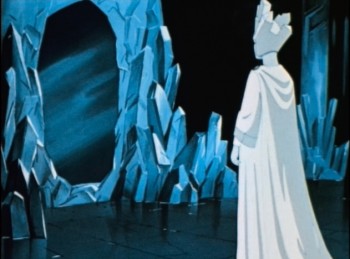 When I was a kid, I used to wait with baited breath for any Disney animated feature. Actually, I should say ANY animated feature. The theatrical release of The Snow Queen or Mr. Magoo’s Thousand & One Arabian Nights kept my juices flowing almost as much as did Lady and the Tramp or One Hundred and One Dalmatians. All of those films came off as “Special” and they stayed within my head. I tried to imitate them as a child filmmaker with my 8mm animated films, always producing 15-30 secs of my own version of these films before ultimately quitting on most of them.
When I was a kid, I used to wait with baited breath for any Disney animated feature. Actually, I should say ANY animated feature. The theatrical release of The Snow Queen or Mr. Magoo’s Thousand & One Arabian Nights kept my juices flowing almost as much as did Lady and the Tramp or One Hundred and One Dalmatians. All of those films came off as “Special” and they stayed within my head. I tried to imitate them as a child filmmaker with my 8mm animated films, always producing 15-30 secs of my own version of these films before ultimately quitting on most of them.
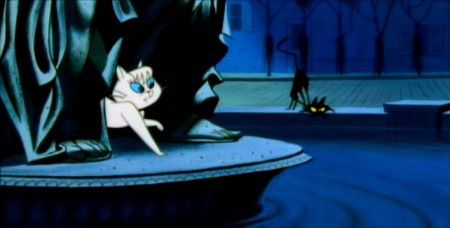
Gay Purr-ee
Then, in the ’70s, things really started to change. Animated features started to come at us fast and furious. Fritz the Cat, Secret of Nimh, Heavy Traffic, Rockadoodle, American Rabbit, The Adventures of Mark Twain, and too many others to mention. I stopped imitating the work; then I stopped going to the films. I still haven’t seen Treasure Planet. But I did see The Iron Giant, Balto and The Triplettes of Belleville, all of which might not have been made except for the glut of animation as the studios tried to cash in.
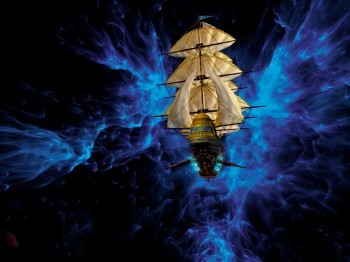 Eventually, we moved to the current era with all those cgi movies. I have to admit that I’m not sure I see anything “Special” about The Tale of Despereaux or Despicable Me. Monster House was a mess, and the same for The Lorax, Arthur’s Christmas, Cars 2, or even Up and Finding Nemo, Bolt or Chicken Little, nevermind Dinosaurs. None of these are memorably important to me. Maybe The Brave will be. At the moment, who knows. It all rolls past so quickly and with very little value.
Eventually, we moved to the current era with all those cgi movies. I have to admit that I’m not sure I see anything “Special” about The Tale of Despereaux or Despicable Me. Monster House was a mess, and the same for The Lorax, Arthur’s Christmas, Cars 2, or even Up and Finding Nemo, Bolt or Chicken Little, nevermind Dinosaurs. None of these are memorably important to me. Maybe The Brave will be. At the moment, who knows. It all rolls past so quickly and with very little value.
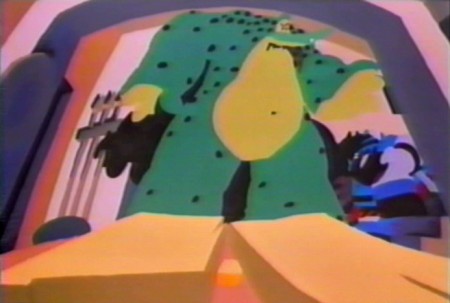
Grendel Grendel Grendel/font>
I loved Spirited Away. Persepolis came and went as black and white as it actually was. I was completely rapt with Ponyo, and the animation in Arietty was something I wanted to see again. But the film was gone before I really had the chance. Sure I can get the DVD, but it’s not the same. I want the theatrical experience. The Illusionist, a favored film, was received with such a lack of enthusiasm, despite an Oscar nomination, that I was sharply disappointed.
I could keep going, but I think you may have gotten the point. There are just a lot of films, and nothing feels special anymore. They come, go, and are forgotten.
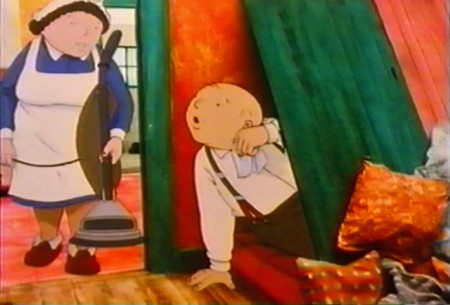
Where the Wind Blows
So now I’m about to do POE. What a lot of work, and I have to wonder how quickly it’ll be off the shelves. I haven’t even started making the movie and already I’m mourning its disappearance from theaters. Bill Plympton works his butt off to make his features, and he doesn’t even get a proper distribution. How does that feel, I wonder. I’m not sure how I’d take it.
But then, I suppose this is the lament for all movies, in the big picture. Only when a film rises above others will it be cherished. I may be in the minority, but I do cherish The Illusionist. I do remember the animation, and the filmmaking choices; the complex and delicate story. Circumstances aren’t right for it, but it does have its supporters. I can only hope for the same for a film I make and hope it sits at a theater for more than a weekend. However, I do have to wonder about the job I do and the disposability of it.
I suppose in some ways I’m reminded of theater. Those people put all their energy into a show that takes very hard work, indeed. Then they put on their show, and it’s gone. Only the few hundred in the live theater have seen it and will remember it. If it’s great, it will become legend; if it’s horrible it will become a different kind of legend. The original Follies or Carrie. If it’s mediocre, it doesn’t even become memorable.
What an odd business we’re in.
__________________________
Bill Peckmann &Books &Daily post &Illustration 18 May 2012 06:01 am
Keith Ward Sampler
Keith Ward is an illustrator whose work was highly admired by Rowland B. Wilson who introduced it to Bill Peckmann. Bill introduced it to me, and I’m posting this sampler here. We’d originally posted xerox copies of some of these, but the following material comes directly from the printed page. Here’s Bill to take over the post:
- Here’s a treat for all fans of illustrator Keith Ward. It’s with of the kind generosity of knowledgeable collector Denis Wheary that we can scan some of the pages of Ward’s children’s books that were done during the period of 1930 to 1952.
Born in 1906, Keith Ward is one of the stellar illustrators of the 20th century. A true renaissance man, he touched all the bases of art, whether fine or commercial. In the field of illustration, he deftly rounded the bags with his book, editorial magazine and advertising art. His 1945 book illustrations were said to be the inspirations of a Disney feature. (More of that in the second post.) Borden’s “Elsie the Cow” was Keith’s unsigned classic for us kids growing up in the ’40′s and ’50′s.
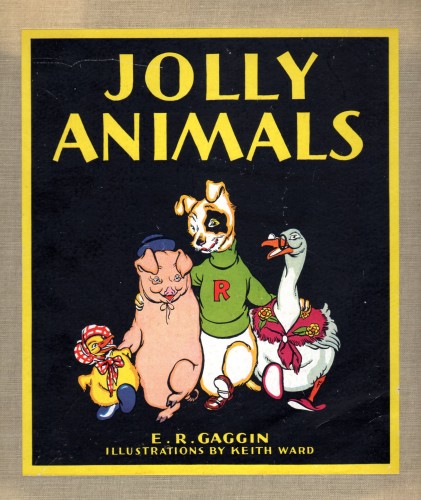 1
1The following pages of “Jolly Animals” is from 1930,
done when Ward was only 24 years old, amazing!
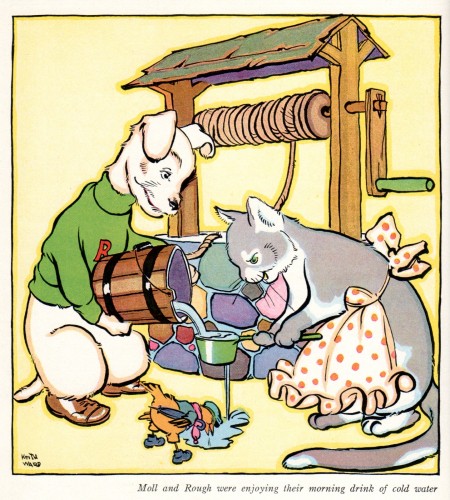 2
2
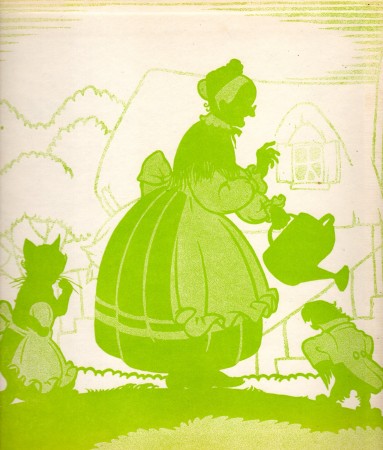 9
9
Even KW’s inside end covers of “Jolly Animals” are worth studying!
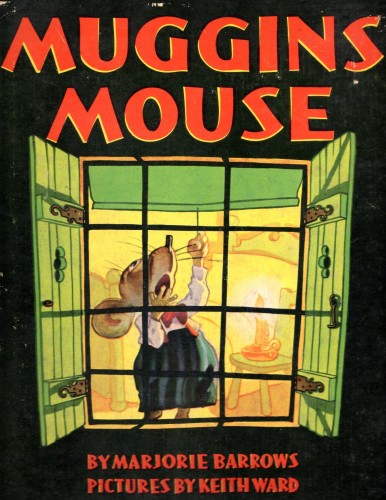 10
10
“Muggins Mouse” from 1932. We posted this book already, but
those were color photo copies and harsh Xerox copies of the B&W pages.
So here are a few cherry picked B & W pages to show
what the softness of the original book looked like.
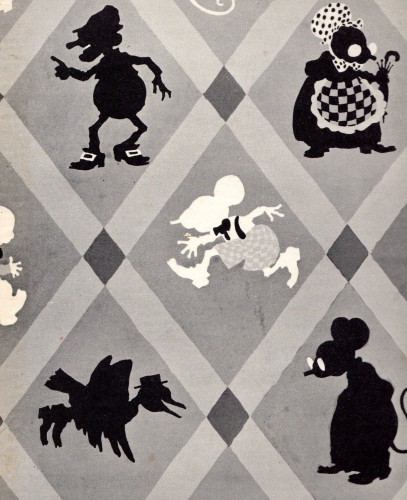 19
19
“Muggins Mouse” inside end cover.
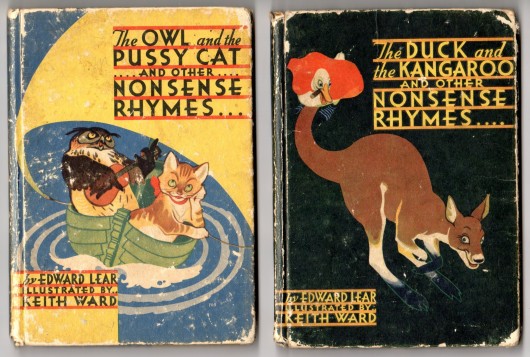
Here are two pocket sized hardcover books also from 1932.
Here are a few beautiful chapter headings and pages from these two tiny marvels.
Animation &Commentary &Hubley &Models &repeated posts 17 May 2012 07:17 am
Hub Eyes – repost
Here’s a post I wrote in 2009 that I still think is valuable, so I’m going to put it up again.
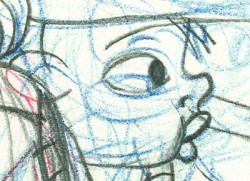 - It was 1973, and I was happily – I can’t tell you how happily – ensconced in the Hubley Studio working on Letterman, a new series for an upcoming CTW show, The Electric Company.
- It was 1973, and I was happily – I can’t tell you how happily – ensconced in the Hubley Studio working on Letterman, a new series for an upcoming CTW show, The Electric Company.
It was my first animation job. I inked it all (directly from animator roughs), I assisted & inbetweened it all, and I animated odd scenes including all the title sequences. I was a novice, and I was doing it all. Excited and happy is all I can remember.
I was alone one morning in the small room wherein I worked. I made a habit of getting into work before anyone and leaving after everyone. I wanted to make sure I was indispensible.
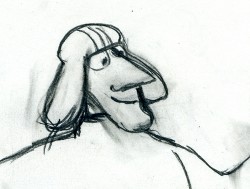 A month into the gig, and I think I’d only spoken with my hero, John, about a half dozen times. I was rushing through one of the Johnny Gent “Spellbinder” sequences. I inked all of his scenes, then inbetweened the drawings in ink. No time to work in pencil for this schedule. Johnny was completely off character, in a very old fashioned way, and I had to rework them all closer to the models – in ink. The schedule just gave me no time to be proud of what was happening. (A year or so later I apologized to Johnny for what I did to his artwork. I was so inexperienced and had such a dominant role in how the final art looked in that series.)
A month into the gig, and I think I’d only spoken with my hero, John, about a half dozen times. I was rushing through one of the Johnny Gent “Spellbinder” sequences. I inked all of his scenes, then inbetweened the drawings in ink. No time to work in pencil for this schedule. Johnny was completely off character, in a very old fashioned way, and I had to rework them all closer to the models – in ink. The schedule just gave me no time to be proud of what was happening. (A year or so later I apologized to Johnny for what I did to his artwork. I was so inexperienced and had such a dominant role in how the final art looked in that series.)
John Hubley ran in to give me something and made a quick comment about the character I’d been drawing. He said it was a “Paramount eye.” I looked at the drawing, then at him. Then John drew on a small piece of paper a “Disney eye,” then a “Terrytoon eye.” He laughed aloud and told me to try to “square off” the eyes a bit. Then he ran out.
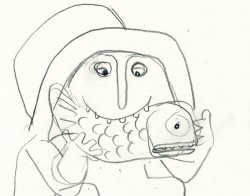 I learned a lot in a very short time. I watched eyes that day and probably all that week. I ran Hubley films at lunchtime (I’d made it a habit to project their films in the kitchen during many of the lunch breaks. The entire group working there enjoyed these sessions) and watched the eyes. I talked with Tissa David about eyes in one of our evening tutorials – she was trying to teach me how to inbetween properly.
I learned a lot in a very short time. I watched eyes that day and probably all that week. I ran Hubley films at lunchtime (I’d made it a habit to project their films in the kitchen during many of the lunch breaks. The entire group working there enjoyed these sessions) and watched the eyes. I talked with Tissa David about eyes in one of our evening tutorials – she was trying to teach me how to inbetween properly.
I was reminded of this moment when Chuck Rekow commented on the Moonbird Walk posted weeks ago. “The shape of the eyes on the boys is a real departure from almost anything in the cartoon world —even 50′s era. It’s closer to real life, and reminds me of the graphic style of Ben Shahn. It lends the film an aura of “seriousness”, even though it’s a cute film about two boys and an imaginary bird. Obviously, the pre-recorded sound is a major deal, but this gem is loaded with touches of inventive detail.”
How right he is, and I love being reminded of it.
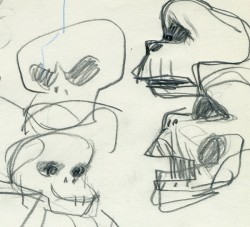 The eyes are the direct route to the soul of a person and, consequently, an animated character as well.
The eyes are the direct route to the soul of a person and, consequently, an animated character as well.
After working for the Hubley studio, for a short bit, I worked for Phil Kimmelman and Associates. This was a hardy commercial studio doing tight designer-based animation. Rowland Wilson was doing a lot of their design work, and the animation clean-up was tight. Animators Jack Schnerk, Sal Faillace and Dante Barbetta did a lot of the work the few months I was there. Jack Schnerk was also animating for Hubley, so I knew his very complicated-to-clean-up style. I worked primarily as an inbetweener and learned some hard and tight lessons while there.
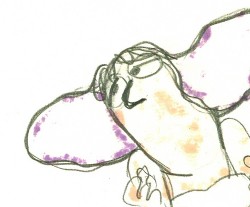 After the very loose work I’d been doing for the Hubley films, it was not only difficult for me, but good to keep me towing the proper line. I wanted to learn animation, and all of it was important.
After the very loose work I’d been doing for the Hubley films, it was not only difficult for me, but good to keep me towing the proper line. I wanted to learn animation, and all of it was important.
Here, too, an empahsis was on the eyes. No Disney eyes, no Hubley eyes, either. But now I was just concerned with keeping those lines tight tight tight. No shimmer on the eyeballs. After all, I was told, people stared into the characters’ eyes, and any flaws in the animation would show up first in those eyes.
I worked for PK&A for about three or four months. I’d also worked for Tubby the Tuba at NY Institute of Technology under Johnny Gentilella, where we got somewhat close and I was able to discuss all sorts of animation problems with him. That was the only redeeming element, everything else about that studio was wretched. My displeasure ultimately led to my leaving as soon as I could.
Eventually, I was back at the Hubley studio helping to finish up the short Cockaboody.
The tightening of my inbetwees only brought positives to what I could now do for John Hubley’s studio’s animation.
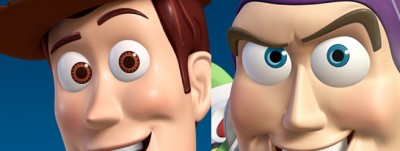 To this day, I still watch eyes closely. For some reason, the tighter the linework, the closer I watch the assistant’s work. The looser the line, the more I watch the design. I prefer watching the design. Often it means eyes that can be easily labelled: Disney, Paramount, or Terrytoons. I suppose today, you’d say: Pixar, Dreamworks or Blue Sky. (And believe me, you can see those differences even in cg.)
To this day, I still watch eyes closely. For some reason, the tighter the linework, the closer I watch the assistant’s work. The looser the line, the more I watch the design. I prefer watching the design. Often it means eyes that can be easily labelled: Disney, Paramount, or Terrytoons. I suppose today, you’d say: Pixar, Dreamworks or Blue Sky. (And believe me, you can see those differences even in cg.)
The images above are from the following films:
Animation Artifacts &Models &Story & Storyboards 16 May 2012 05:53 am
Popeye Storyboard – part 2
- I continue posting this storyboard from the 1949 Popeye cartoon, “Barking Dogs Don’t Fite.” This is part of the late Vince Cafarelli‘s collection of animation artwork. He’d saved it from the different studios he worked at.
The storyboard was by Jack Mercer and Carl Meyer, and I’m not sure as to who drew what. There are definitely two different styles in there especially in the way Popeye and Olive are drawn. Bluto also has an original look here, but he seems to stay constant.
Each drawing is done on inexpensive 8½ x 11 paper. One wonders if they even made an animatic of the film. None of the board has any registration.
We pick up with the last drawing from last week’s post.
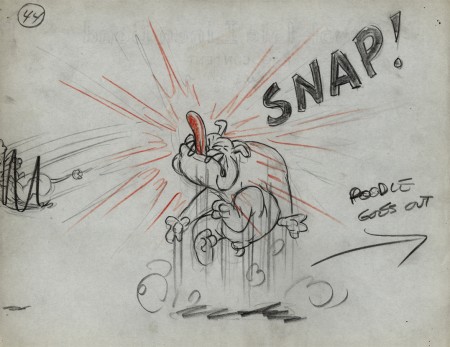 44
44
.
___________________________
Here’s the full short as seen on YouTube.
I still can’t get used to Popeye’s powder blue uniform.
I wish the look was a bit closer to the board, however some of
the layouts are improvements over the planning in the storyboard.
.
Books &Illustration &John Canemaker 15 May 2012 06:40 am
Les Passagers de la Grande Ourse
- Back in 2006, I posted a couple of pages of this book and, having found the film now on line, I thought it time for a new look at this Paul Grimault classic from 1942.
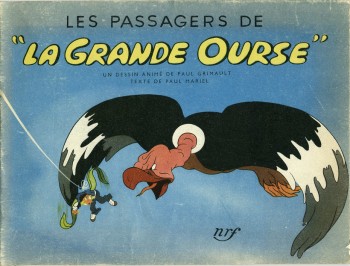 – In 1942 Paul Grimault released an animated film entitled Les Passagers De “La Grande Ourse.” The film had actually been completed in 1939 and titled The Passengers of the Great Bear, but because of the outbreak of WWII the film suffered setbacks and was released in 1942 with the new title.
– In 1942 Paul Grimault released an animated film entitled Les Passagers De “La Grande Ourse.” The film had actually been completed in 1939 and titled The Passengers of the Great Bear, but because of the outbreak of WWII the film suffered setbacks and was released in 1942 with the new title.
Several years ago, John Canemaker gave me a gem of an attractive little book that was illustrated with images from the film. Grimault was the father of French animation, and I’d always assumed that this film was a feature. In fact, it was a nine minute short, but it was important historically because it was the first big French animated production trying to out-Disney Disney.
The story is very unlike American films. There’s a fanciful sense of imagination that is true of many French cartoons. In summation the story is:
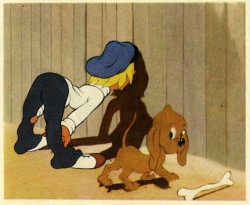 A little boy and his dog sneak into a shipyard and are grabbed by a crane which places them on a ship in dock, loading. This ship, “The Grand Ourse,†is an oddity in that it is fitted like a zeppelin with balloons to lift it into the air.
A little boy and his dog sneak into a shipyard and are grabbed by a crane which places them on a ship in dock, loading. This ship, “The Grand Ourse,†is an oddity in that it is fitted like a zeppelin with balloons to lift it into the air.
Boy and dog arrive in their compartment, accidentally, as the vessel starts to take-off into the sky. Adventures ensue with the boy and dog confronted by a restive eagle and a deaf and dumb robot
Here are some of the pages of the book:
A carbon copy of the credits for the film was enclosed within the book when I received it.
It was copied onto one of those pieces of paper that could only be European, sort of a tissue that seemed delicate.
That’s attached to the left.
This past week I found a nice copy of the film posted on YouTube. You can watch it.below, and see how it compares to the published book.
Les Passagers de la Grande Ourse (Paul Grimault – 1941)
Frame Grabs &Models &UPA 14 May 2012 05:16 am
Magic Fluke Color Continuity
- The UPA Jolly Frolics DVD set includes a set of extras which showcases a good deal of artwork from the films. For the Fox & the Crow film, The Magic Fluke, there is a color continuity board by Herb Klynn which indicated how the art should be painted for the individual scenes.
This gave me the opportunity of putting the finished film side-by-side with the color continuity boad and find out where they diverge. (The numbered images with a letter attached {e.g. “2a”} are frame grabs from the movie.)
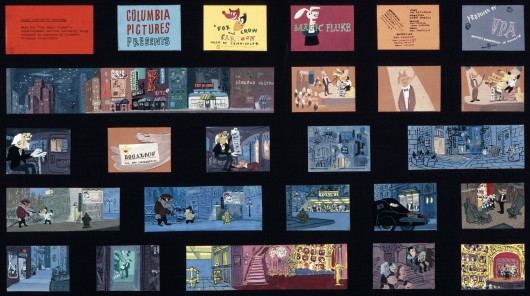
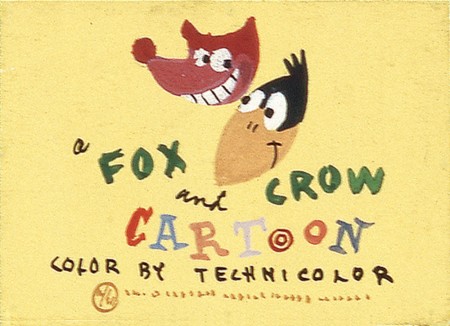 2
2
The differences start with the titles, right from the get go.
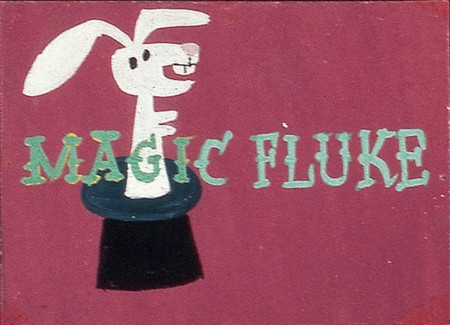 3
3
The color continuity board is much more creative.
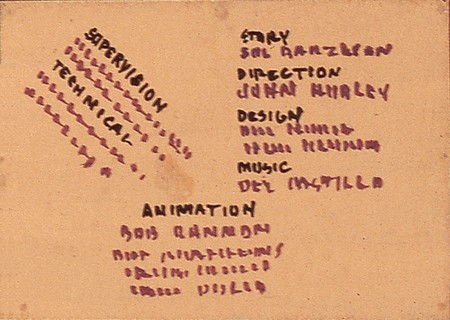 4
4
The final titles are a little dull. Fortunately, UPA’s films got
more creative with their titles once they really got going.

The final BG has the same move and ends with a truck in . . .
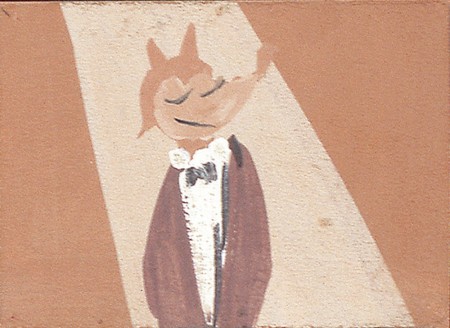 9
9
There’s no close up in there now.
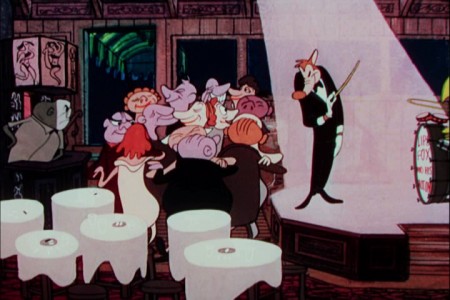 9a
9a
The audience pops from listeners to jazz dancers.
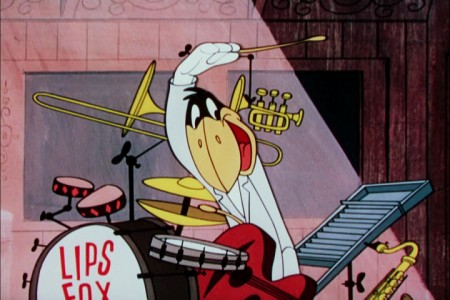 10b
10b
There is a close up of the crow playing wildly.
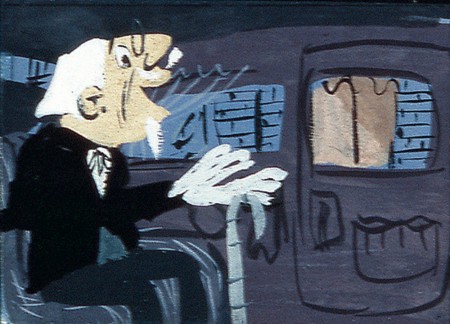 11
11
The impresario is no longer in the film.
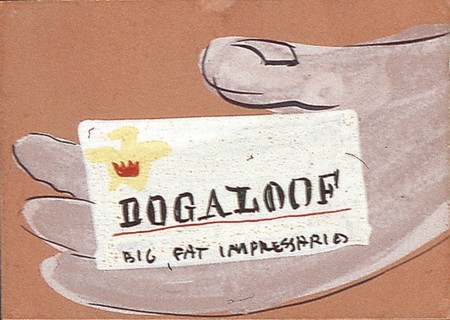 12
12
And he message comes from a taxicab, not a limo.
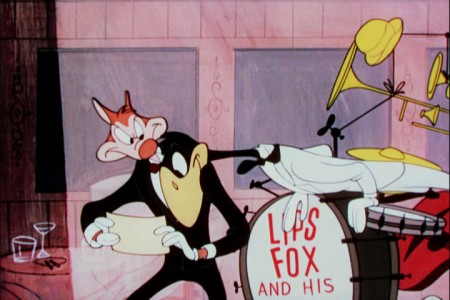 13b
13b
The fox reads the telegram from the stage and hides it from the crow.
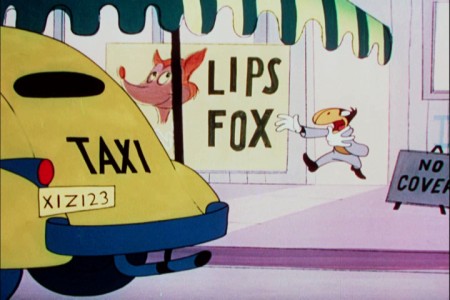 13c
13c
The crow chases the fox out the door as he leaves in a cab.
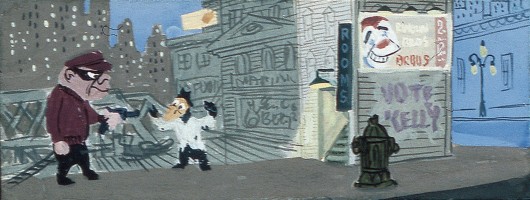
there’s no robbery in the film now. It just rains on a blue street.
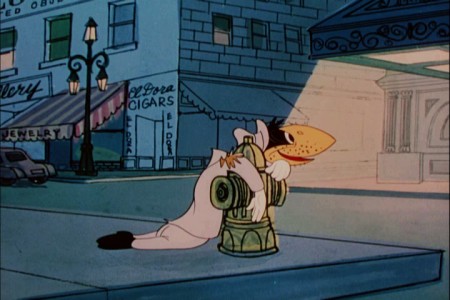 18a
18a
The crow ends up at the spark plug down and out.
He sees . . .
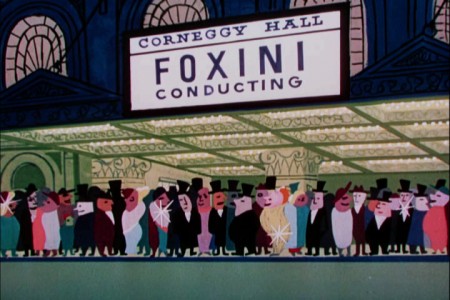 18b
18b
. . . the Foxini ppremiere.
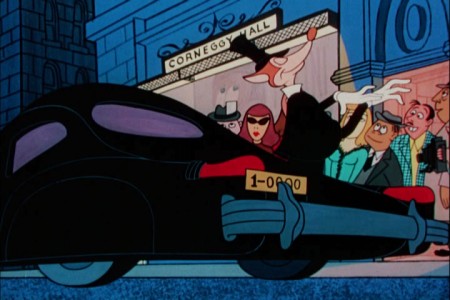 19a
19a
The Fox gets out of the limo.
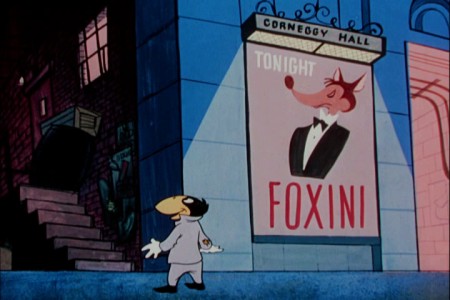 19b
19b
The crow looks up at the backdoor alley.
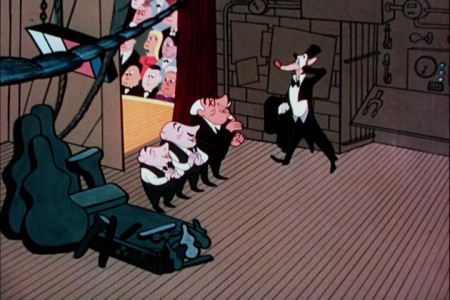 20a
20a
Foxini is greeted by his entourage, and he takes advantage of them.
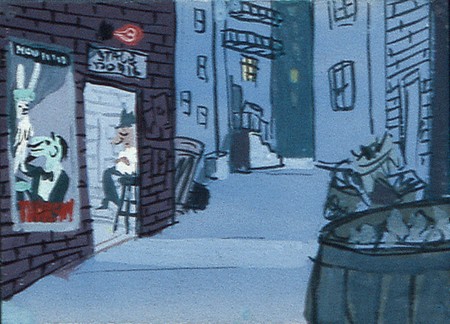 21
21
The back alley is about the same.

We no longer see a pan of the inside of the theater.
 23a
23a
There is a pan up the concert hall.
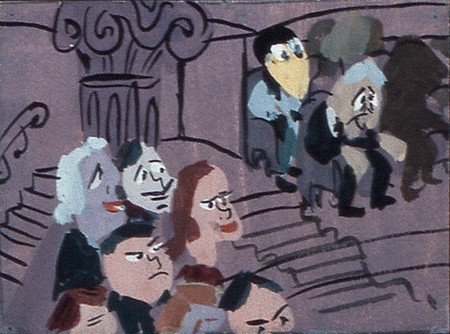 24
24
Crow arrives at the upper upper balcony . . .
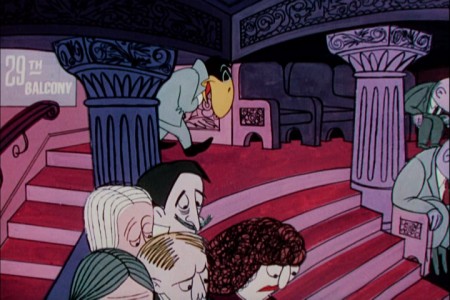 24a
24a
. . . and gets a last row seat.
Unfortunately, they only offered the color continuity board for the first half of the film,
and that’s as far as we could go.
Commentary &SpornFilms 13 May 2012 07:12 am
A letter from Mrs. Gove Nichols
- We’re coming down the home stretch for our Indiegogo campaign to raise money for a sampler of the work from POE, the animated feature I’m trying to put together. It’s going wonderfully, and I hope we’ll be able to raise the money in these next two weeks. This has all given me a new lease on life in the project, and I expect it’ll help kick things off. One positive thing has been my writing these Sunday pieces about Edgar. I enjoy doing it.
This week, I’d like to write about a little sidebar note from the ever-revising script. A letter from a Mrs. Gove Nichols, an acquaintance of the Poes, telling about her trip to their final home in the Bronx.
.
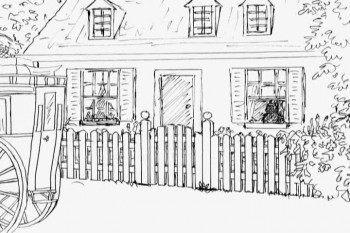 - One of the features of the film we’re doing about Edgar Allan Poe is that it provides us with the opportunity of including a number of letters from acquaintances of the little Poe family. One I particularly enjoy is this letter from Mrs. Gove Nichols. In it she tells of the arduous journey to reach the family in the Fordham section of the Bronx. It took several hours for the trip from midtown NY (and would take about 30 mins. today by subway.)
- One of the features of the film we’re doing about Edgar Allan Poe is that it provides us with the opportunity of including a number of letters from acquaintances of the little Poe family. One I particularly enjoy is this letter from Mrs. Gove Nichols. In it she tells of the arduous journey to reach the family in the Fordham section of the Bronx. It took several hours for the trip from midtown NY (and would take about 30 mins. today by subway.)
Here are several short excerpts from that letter:
- We found him, and his wife, and his wife’s mother who was his aunt living in a little cottage at the top of a hill.
The house had three rooms – a kitchen, a sitting room, and a bed chamber over the sitting-room. There was a piazza in front of the house that was a lovely place to sit in the summer, with the shade of cherry-trees before it.
On the occasion of my first visit, the poet had somehow caught a full-grown bob-o-link. He had put him in a cage, which he had hung on a nail driven into the trunk of a cherry-tree….
The cottage had an air of gentility that must have been lent to it by the presence of its inmates. So neat, so poor, so unfurnished, and yet so charming a dwelling I never saw. The floor of the kitchen was white as wheaten flour. A table, a chair, and a little stove it contained seemed to furnish it completely.
Later it continues:
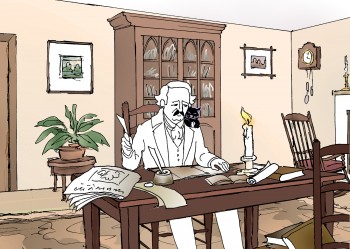 He was at this time greatly depressed. Their extreme poverty, the sickness of his wife, and his own inability to write sufficiently accounted for this. We spent half an hour in the house, when some more company came, which included ladies, and then we all went to walk.
He was at this time greatly depressed. Their extreme poverty, the sickness of his wife, and his own inability to write sufficiently accounted for this. We spent half an hour in the house, when some more company came, which included ladies, and then we all went to walk.
. . . someone proposed a game at leaping. I think it must have been Poe, as he was expert in the exercise. Two or three gentlemen agreed to leap with him, and though one of them was tall and had been a hunter in times past, Poe still distanced them all. But alas! his gaiters, long worn and carefully kept, were both burst in the grand leap that made him victor. … I was certain he had no other shoes, boots, or gaiters. Who amongst us could offer him money to buy a new pair?
Eventually, Poe’s mother-in-law convinces one of the guests to buy a poem he’d written for publication. This gives them enough money to purchase a new pair of shoes for Poe.
There’s so much material in this man’s life, it’s almost hard to eliminate some of it without making too long a film. Of course with Poe’s name, you also have to keep the film thrilling. Hopefully, it’ll have all this.
Commentary &Festivals 12 May 2012 05:56 am
ASIFA East – 1980 / Babbitt /
- Howard Beckerman brought a DVD of his home movies of he ASIFA East Animation Festival of 1980. (Actually, I think there are two separate years on this video. People are wearing different clothes in the latter half. However, I can’t be sure.) These are the faces of the crowd who came to those wine and cheese gatherings before the awards. Now, you have sandwiches, wine, beer and soda AFTER the awards. It’s still the place to see a large group of the animation cognoscenti in NY.
I’ve tried to identify as many people as I can and have printed out some stills to do just that. Here are some people to look for.
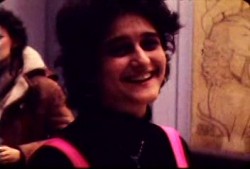
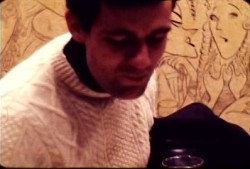
(L) Candy Kugel / (R) John Canemaker
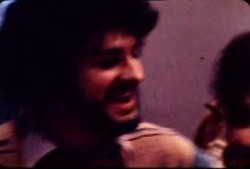
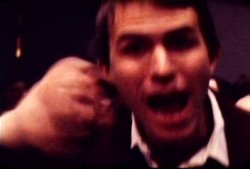
(L) Russell Calabrese / (R) George Griffin
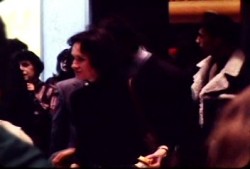
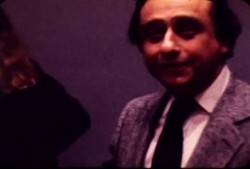
(L) Carol Millican (center) / (R) John Gati
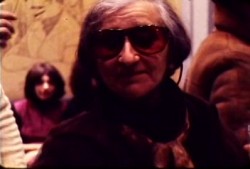
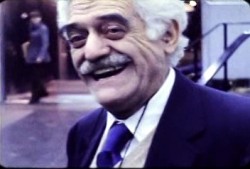
(L) Tissa David / (R) Sam Magdoff
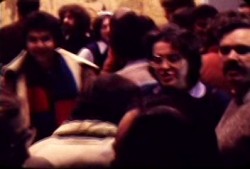
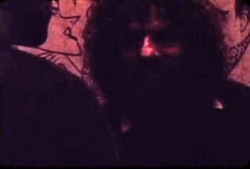
(L) Nancy Beiman & Dean Yeagle / (R) me, Michael Sporn
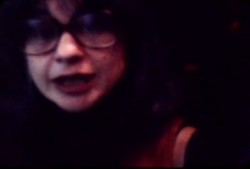
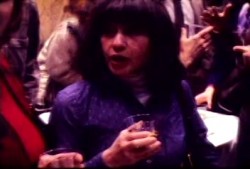
(L) Iris Beckerman / (R) Iris Beckerman
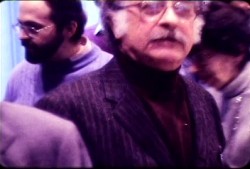
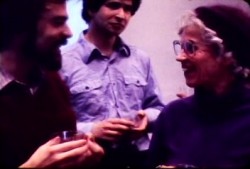
(L) Lu Guarnier / (R) Harriette Rauh (right side)
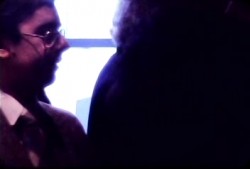
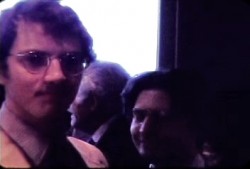
(L) Charles Samu / (R) Will Friedwald & Jerry Beck
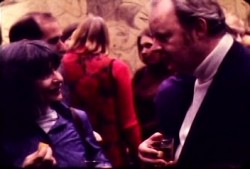
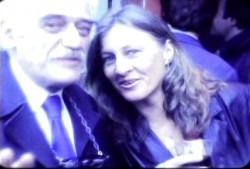
(L) Iris Beckerman & Prescott Wright / (R) Sam Magdoff & Irra (Duga) Verbitsky
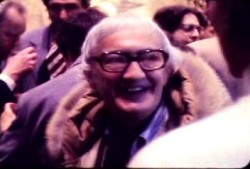
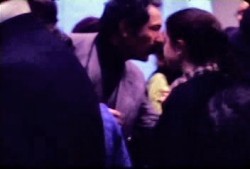
(L) Francis Lee / (R) Dick Rauh
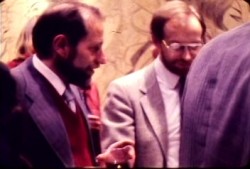
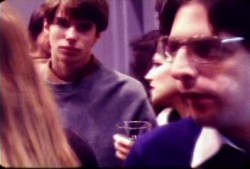
(L) Don Duga / (R) Joey Ahlbum & Jerry Beck
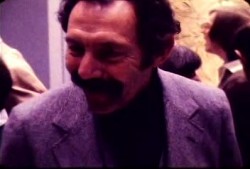
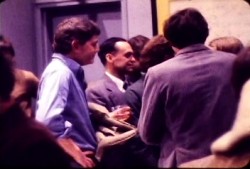
(L) Dick Rauh / (R) Irwin Lapointe (center w/tie)
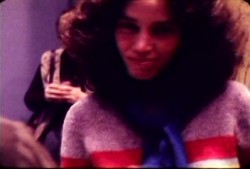
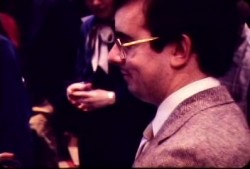
(L) Jane Aaron / (R) Charles Samu
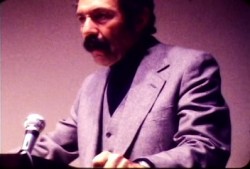
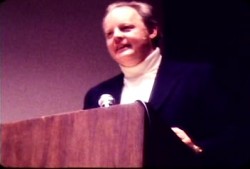
(L) Dick Rauh – Pres / Prescott Wright – Guest Speaker
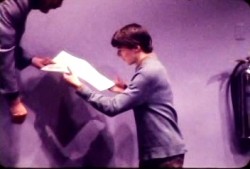
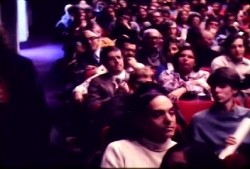
(L) Joey Ahlbum / (R) David Ehrlich & Joey Ahlbum, Chas & Kathy Samu (behind David)
Here’s the silent video of the Festival celebrities.
See if you can identify any of those I missed
(and let us know in the comments.)
_______________________________
- Jake Friedman has a blog that’s nothing short of sensational. His entire focus is on the history of Art Babbitt, making the blog’s title, The Art Babbitt Blog, quite appropriate. Having spent some time with Babbitt, it’s interesting to see the picture of the man on this blog.
The material is very meticulous, but there are some really precious pieces on display. I particularly like the drawings displayed from the silent Terry cartoon, “Scene 30″ of the Terrytoon short Chop Suey.
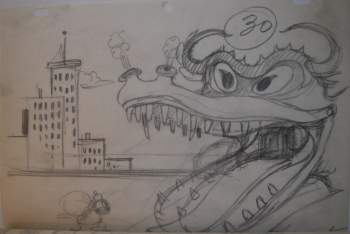
_______________________________
